In December 2019, I checked into the Kaede room at Aman Kyoto, a ryokan-inspired luxury resort in Japan which opened its doors on 1 November 2019. Occupying a location formerly intended as a textile museum, the 26-room property is set in a lush natural garden at the base of the Hidari Daimon-ji hill (one of the sites of Kyoto’s traditional religious Gozan no Okuribi fire ritual) and surrounded by an expanse of mountainside forests. The secluded retreat is situated close to 17 UNESCO World Heritage sites (and just steps away from Kinkaku-ji Temple), an hour’s drive from Osaka International Airport, a two-hour drive from Kansai International Airport and thirty minutes from JR Kyoto station by taxi.
The resort is the final project of late Australian architect Kerry Hill, who also designed numerous other Aman properties worldwide. Aman Kyoto is the third Aman property in Japan, after Aman Tokyo and Amanemu. It is one of Kyoto’s high profile hotel launches in 2019, with another being Park Hyatt Kyoto.
The UTW (“Under Ten Words”): Tranquil, forested secret garden sanctuary in Kyoto.
The must-dos (if any): Enjoy the Japanese breakfast at Living Pavilion, take a hike up the grand staircase to Tengamine Garden, take an outdoor onsen bath at Aman Spa, visit the nearby Shoden-ji Temple, seek insider recommendations on nearby destinations.
AMAN KYOTO
In terms of layout, the resort comprises various black timber-slatted pavilions which house the guest accommodations, spa and dining facilities. Surrounded by a backdrop of lush forest, the pavilions are scattered amidst the sprawling natural garden setting – think terraced platforms, towering trees, ancient stone walls and moss-covered boulders and footpaths. The vibrancy of natural colours which greets you depends on the season – as my visit was in late December after the close of the autumn season, the shots of colour I observed were limited to the odd bursts of red and yellow from the maple trees, but I understand the resort is already almost fully booked during the period of next year’s April sakura season.
After you arrive at the resort’s main gates, you are divested of your luggage at the entrance pavilion and quickly escorted through a side entrance towards the Arrival Pavilion to complete your check-in process. You are soon presented with a site map detailing the locations of the resort’s various facilities and areas of interest, from the Momiji Maple Terrace and the meditative power spot Tengamine Garden accessible via a gruelling climb up a grand staircase of 43 tall steps (a popular photo spot) to the Nagomi Dining Deck where guests can enjoy private meals and the (soon to be completed) Kurusuno Riverside Deck. I paused for a moment in front of the plaque at the entrance of the manicured Kerry Hill Garden dedicated to the late architect, and took in the beautiful sight of the Living Pavilion beyond the garden which looked like a place straight out of an episode of Netflix series Terrace House.
It takes about slightly under an hour to complete a leisurely tour of the premises.
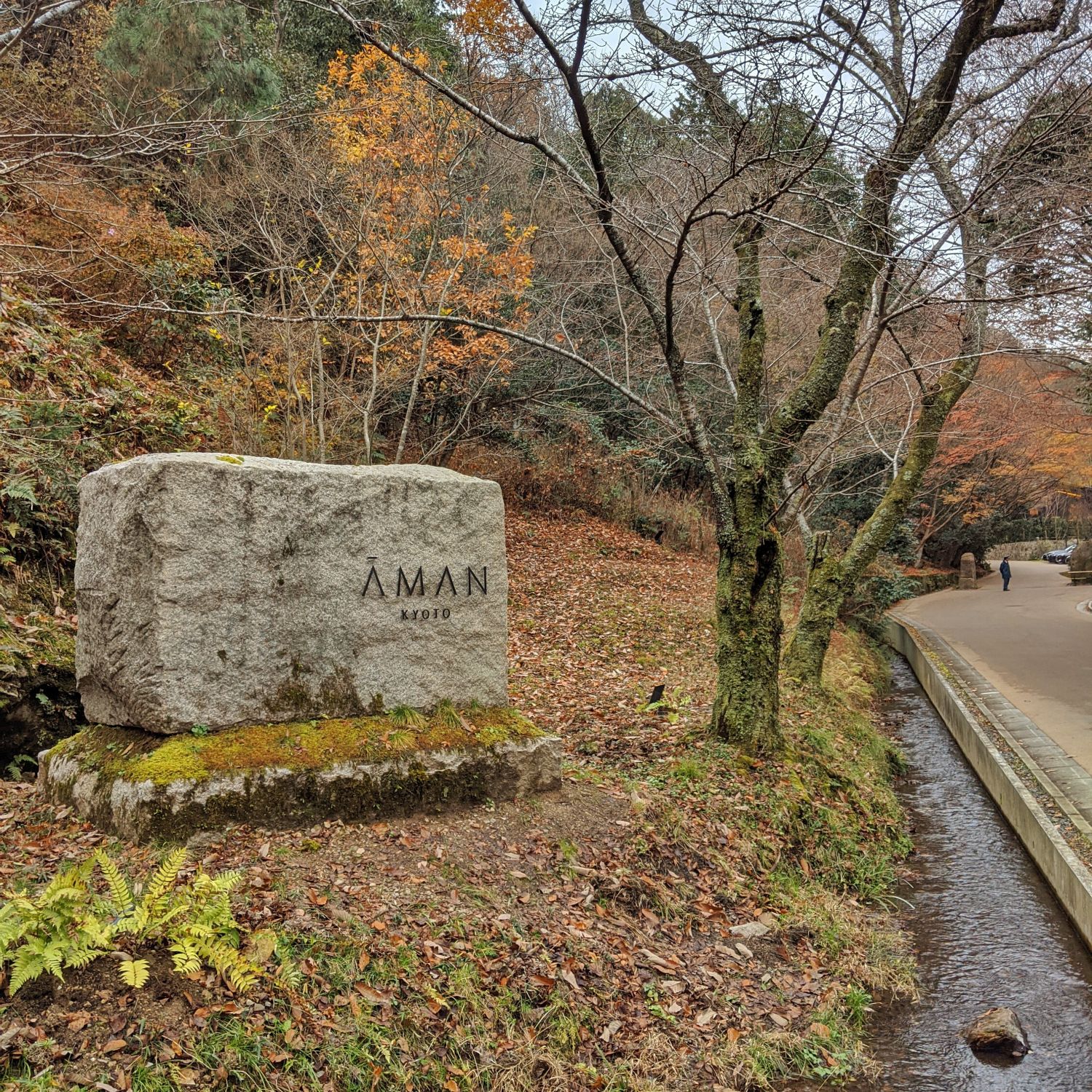
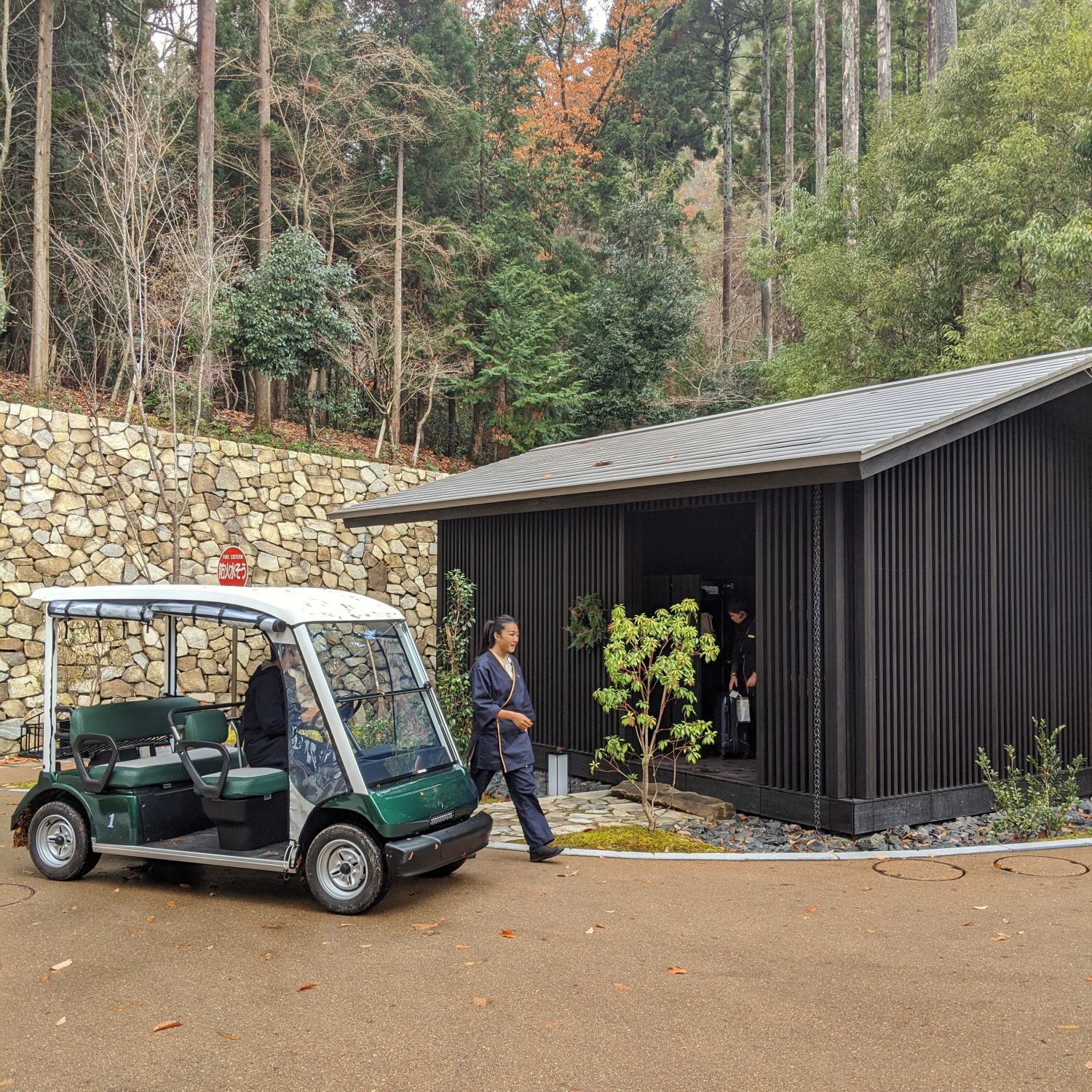
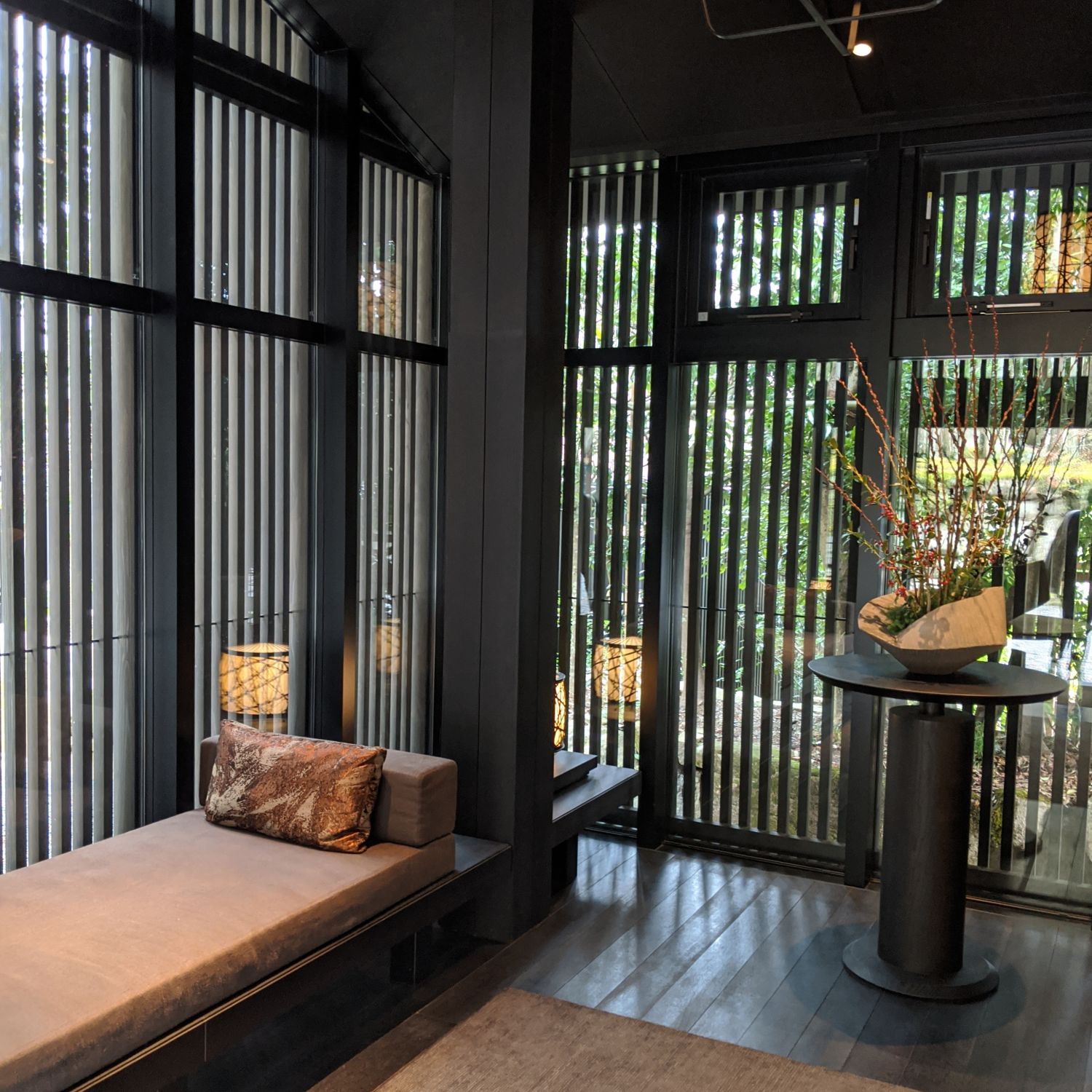
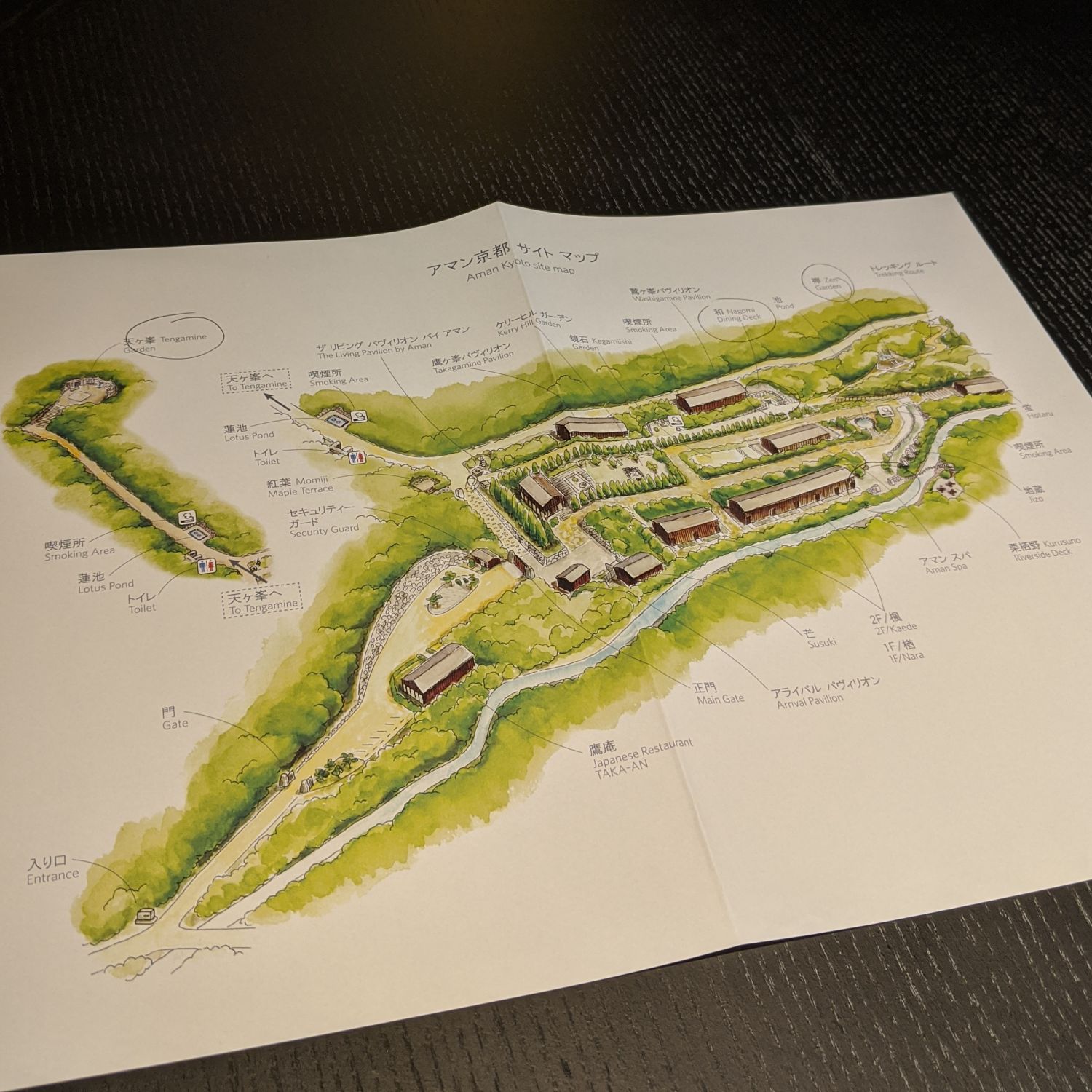
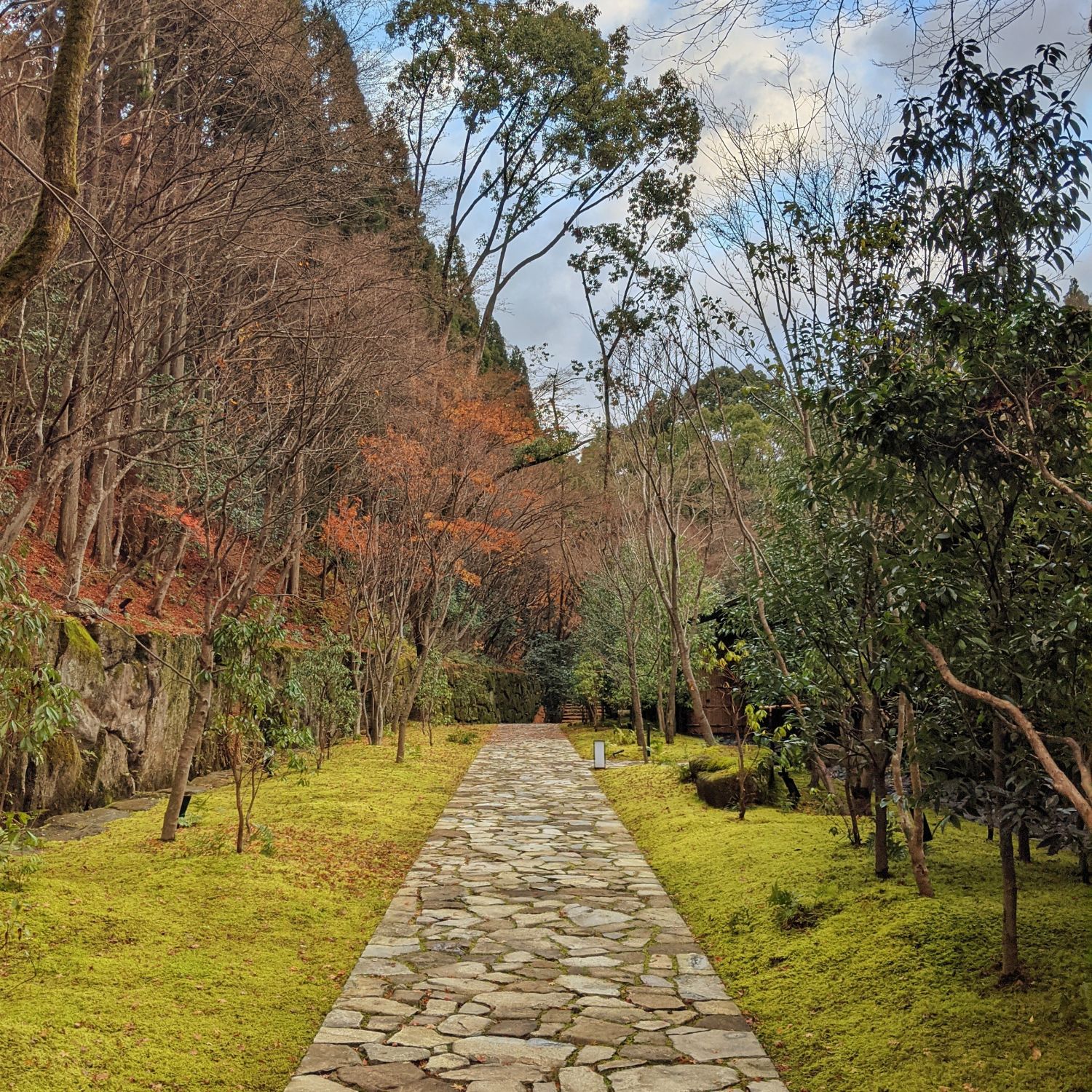
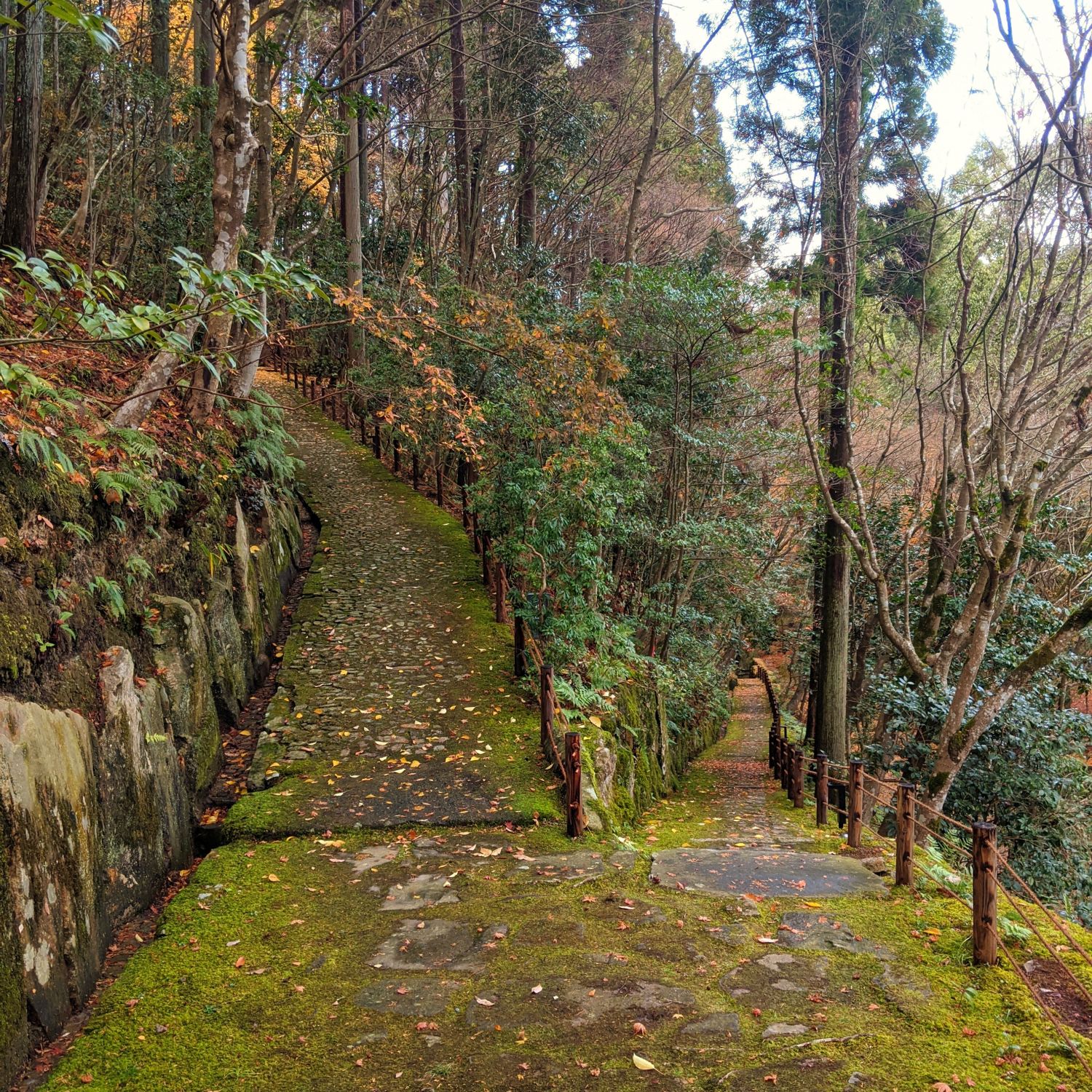
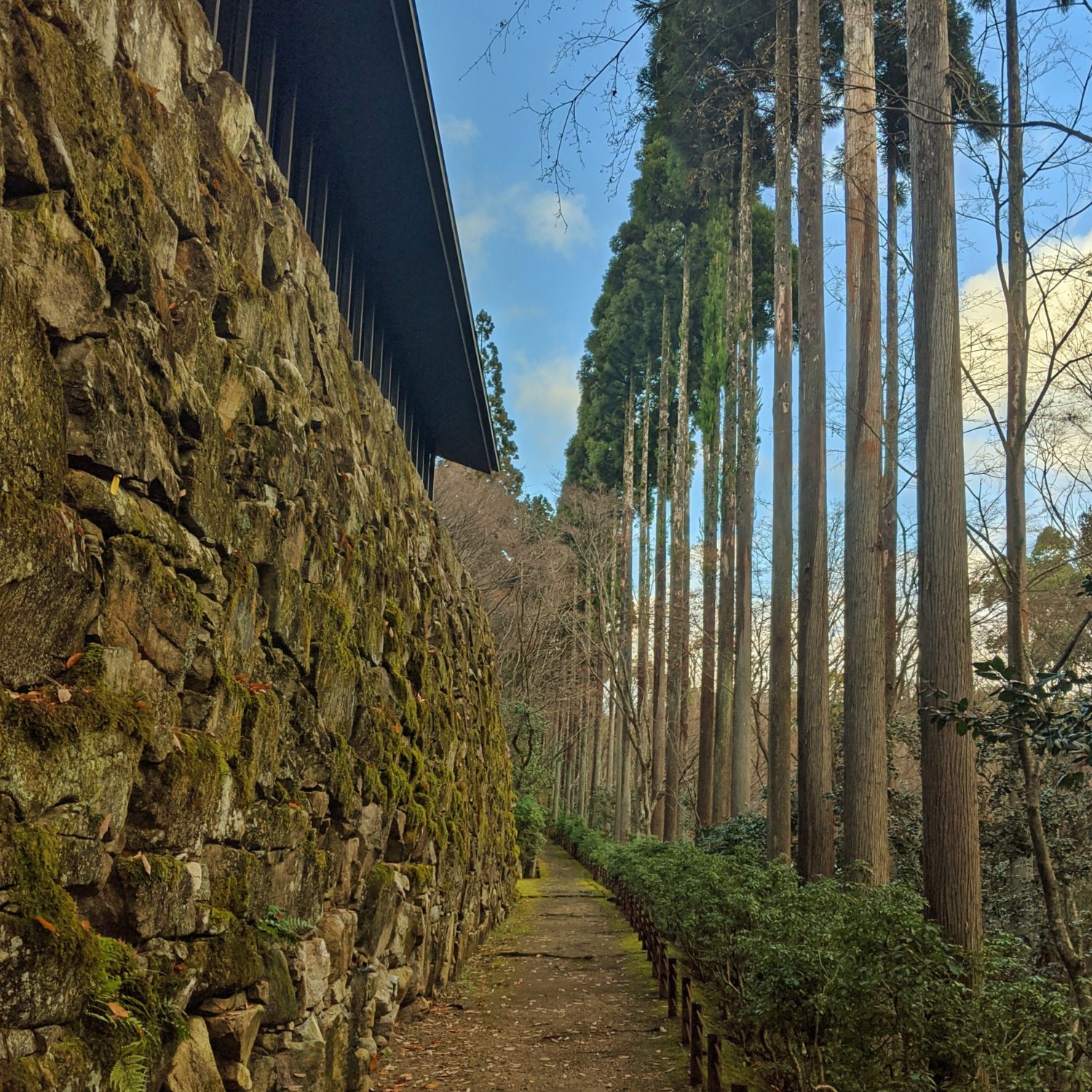
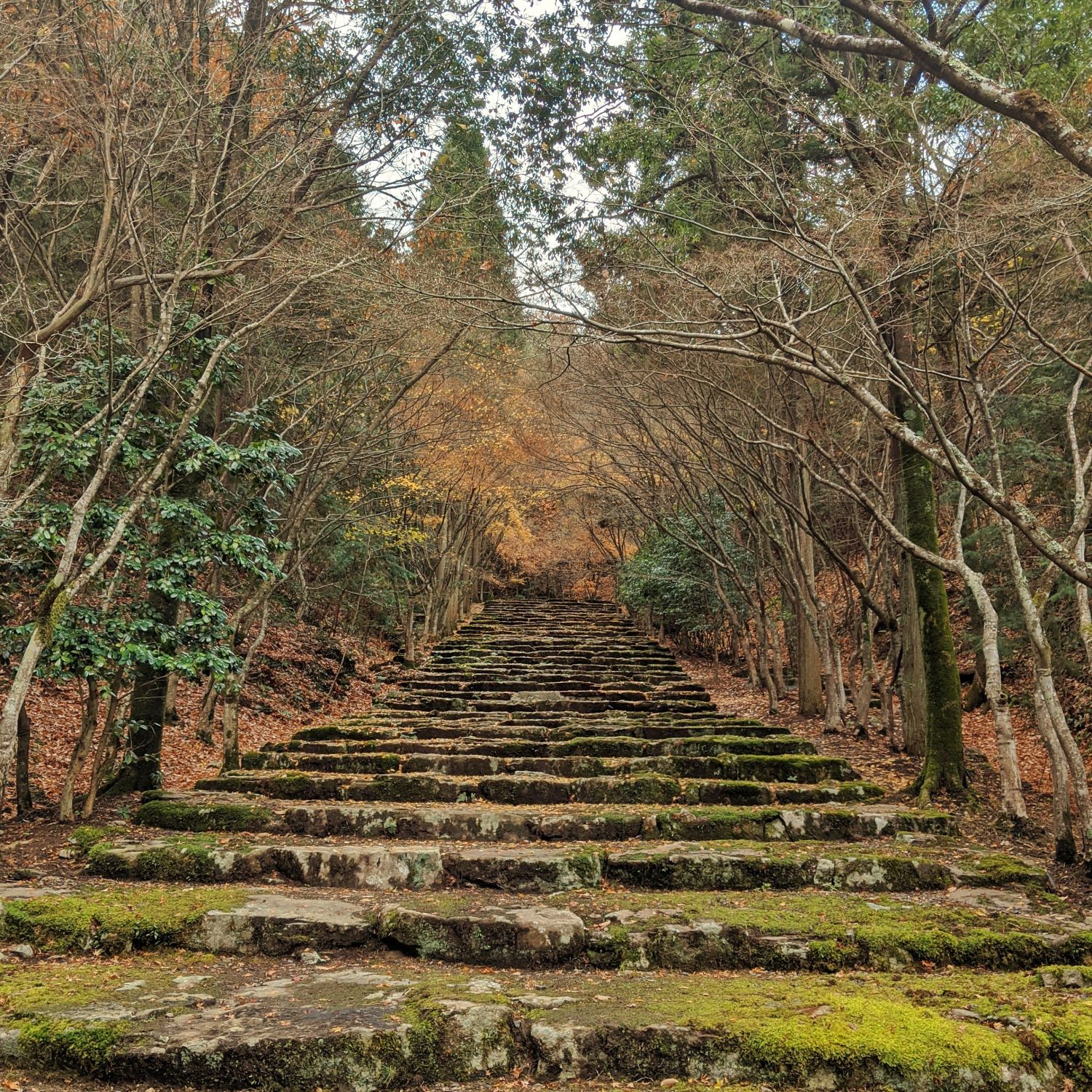
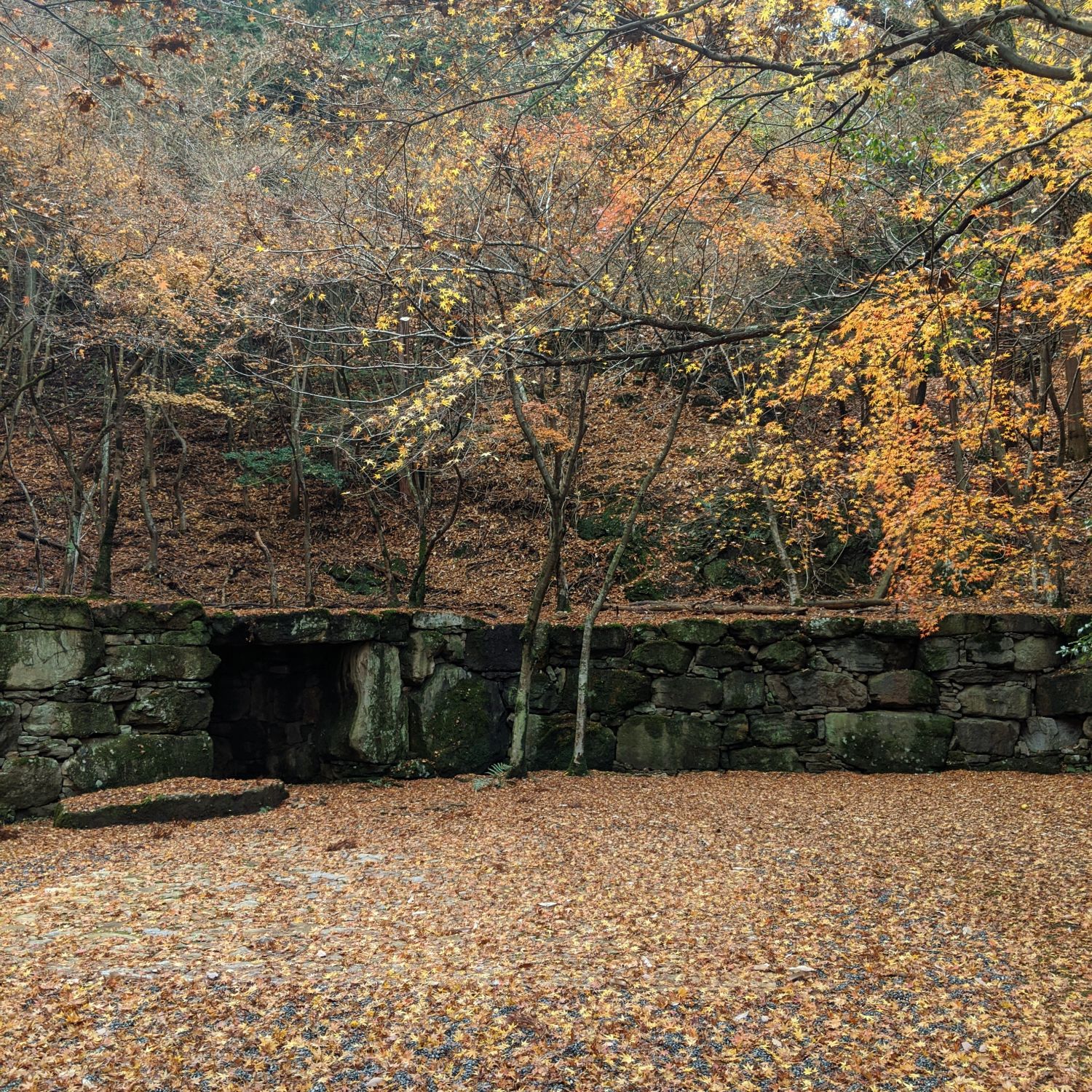
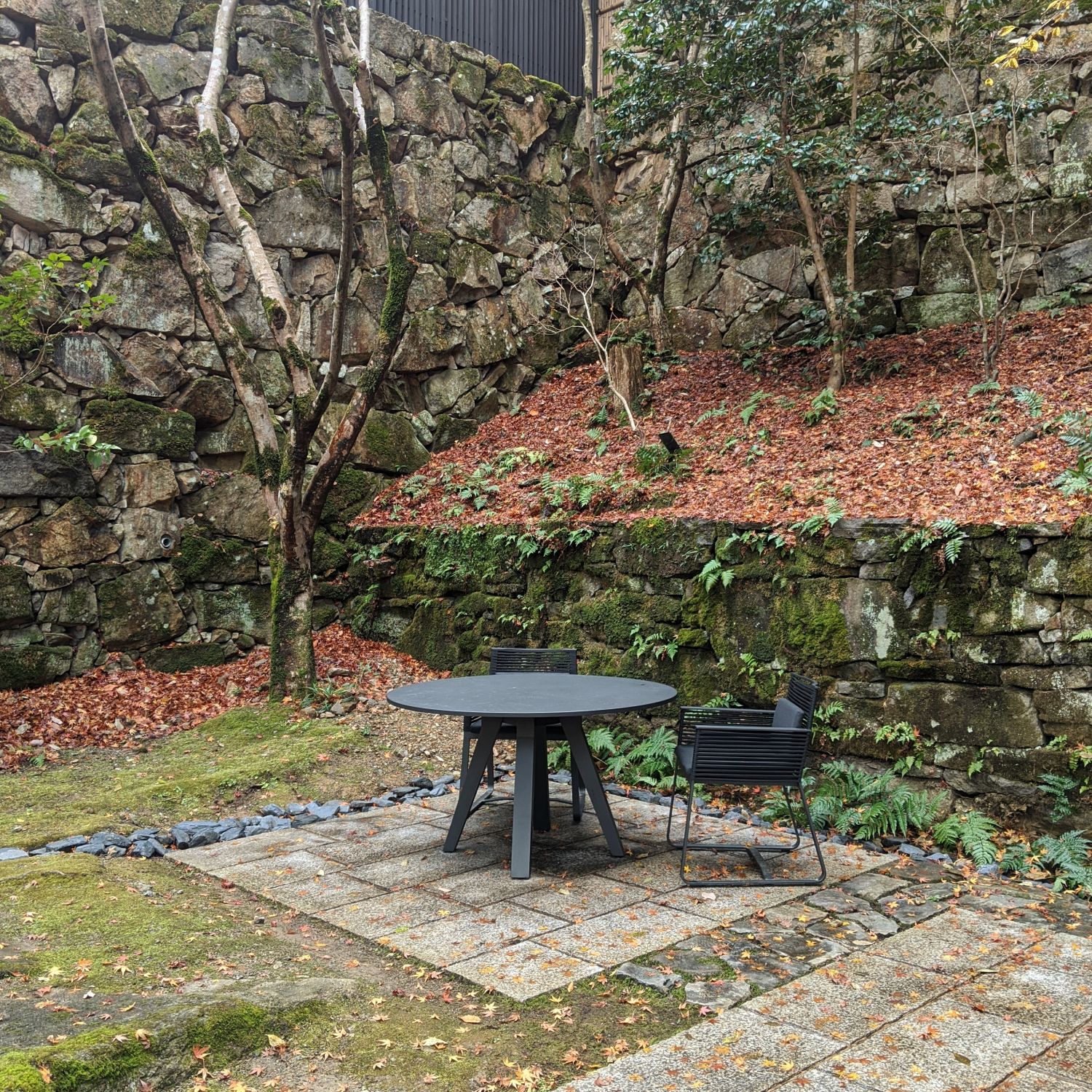
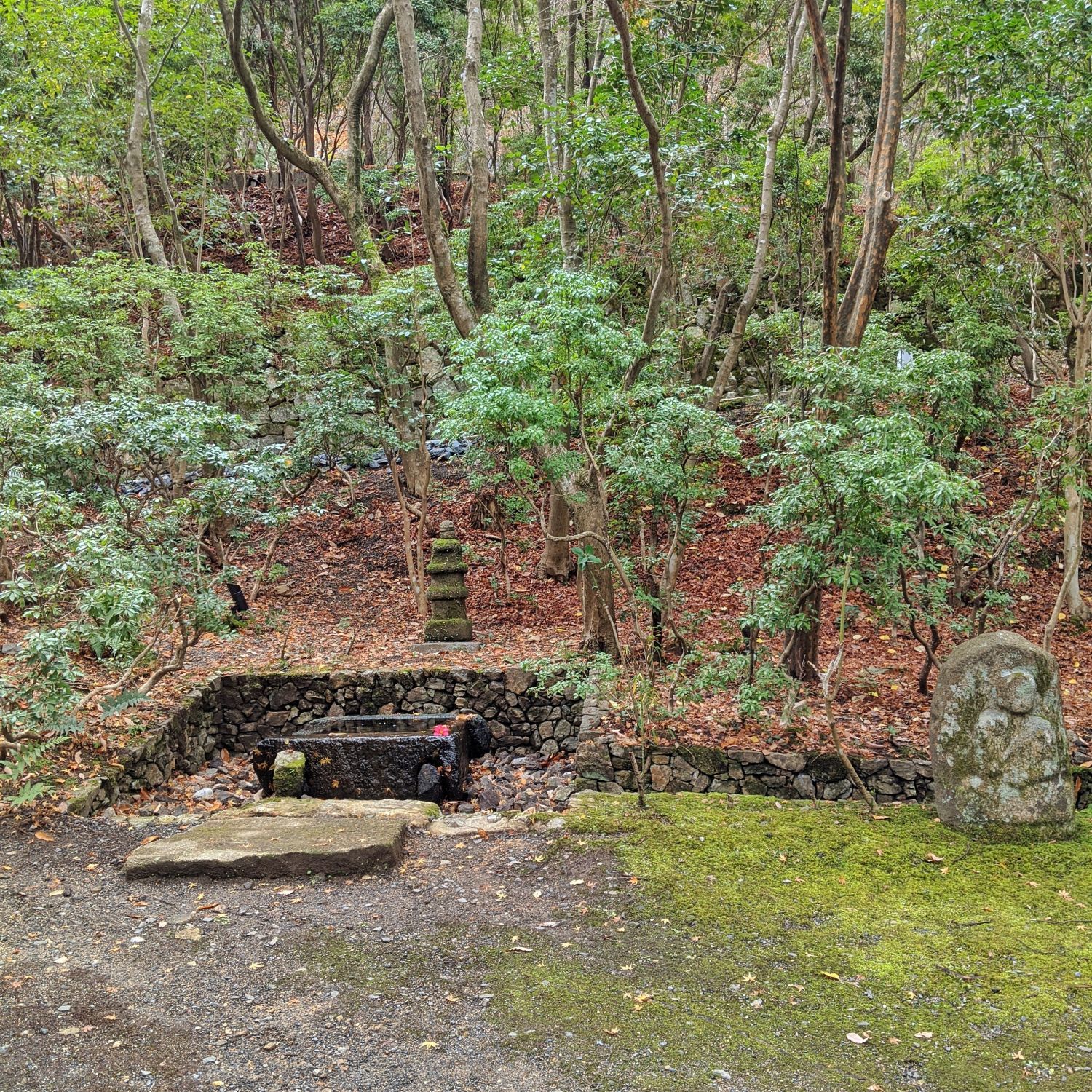
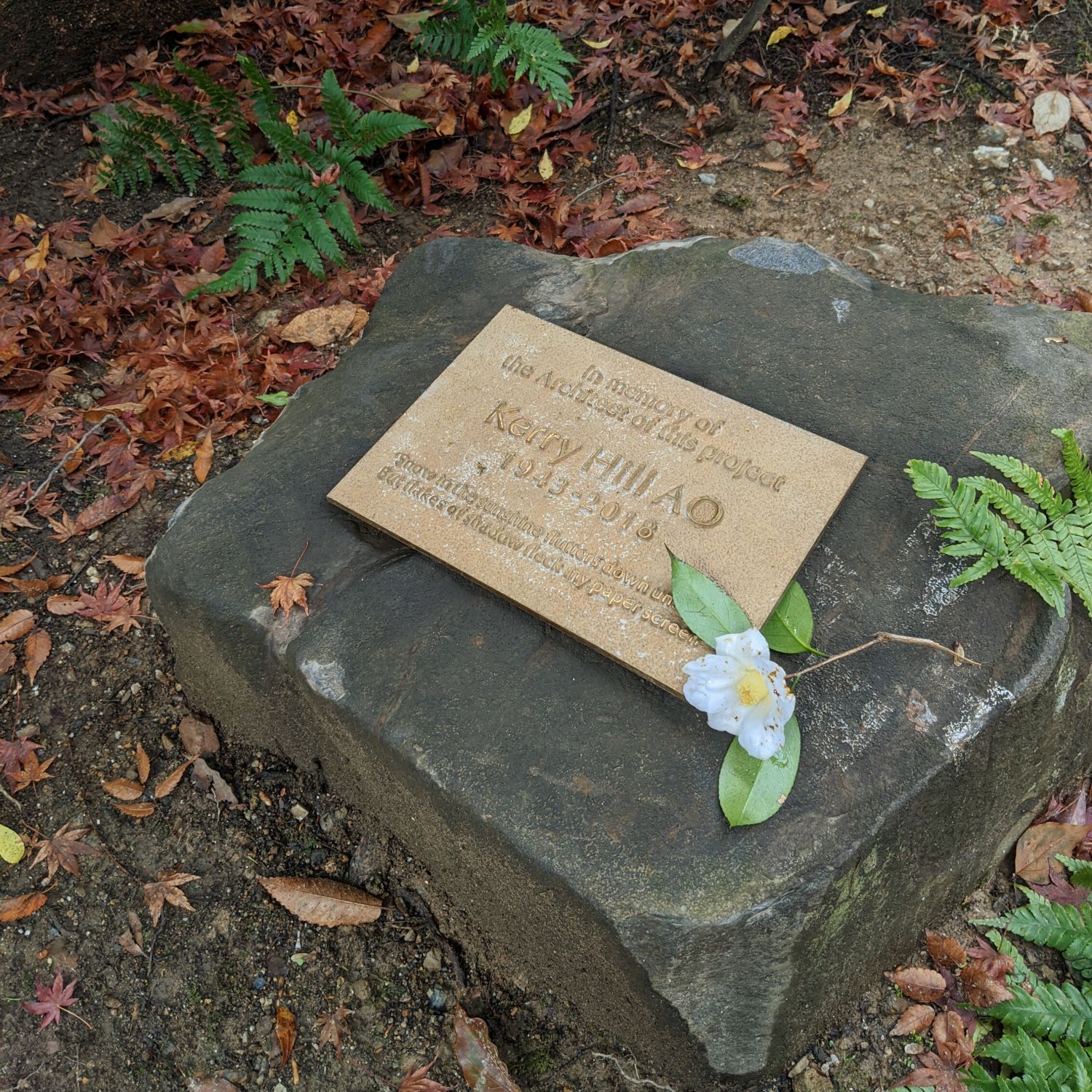
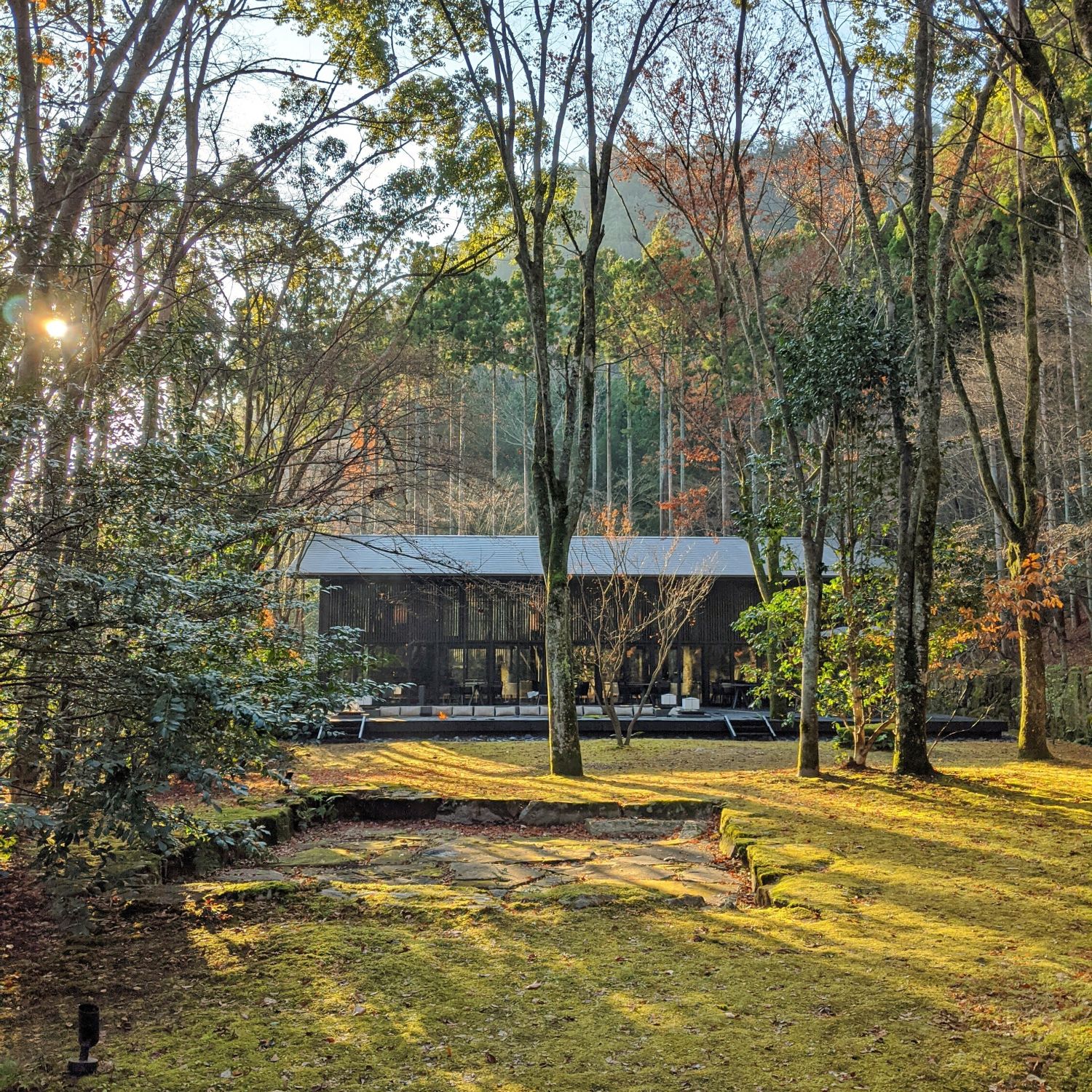
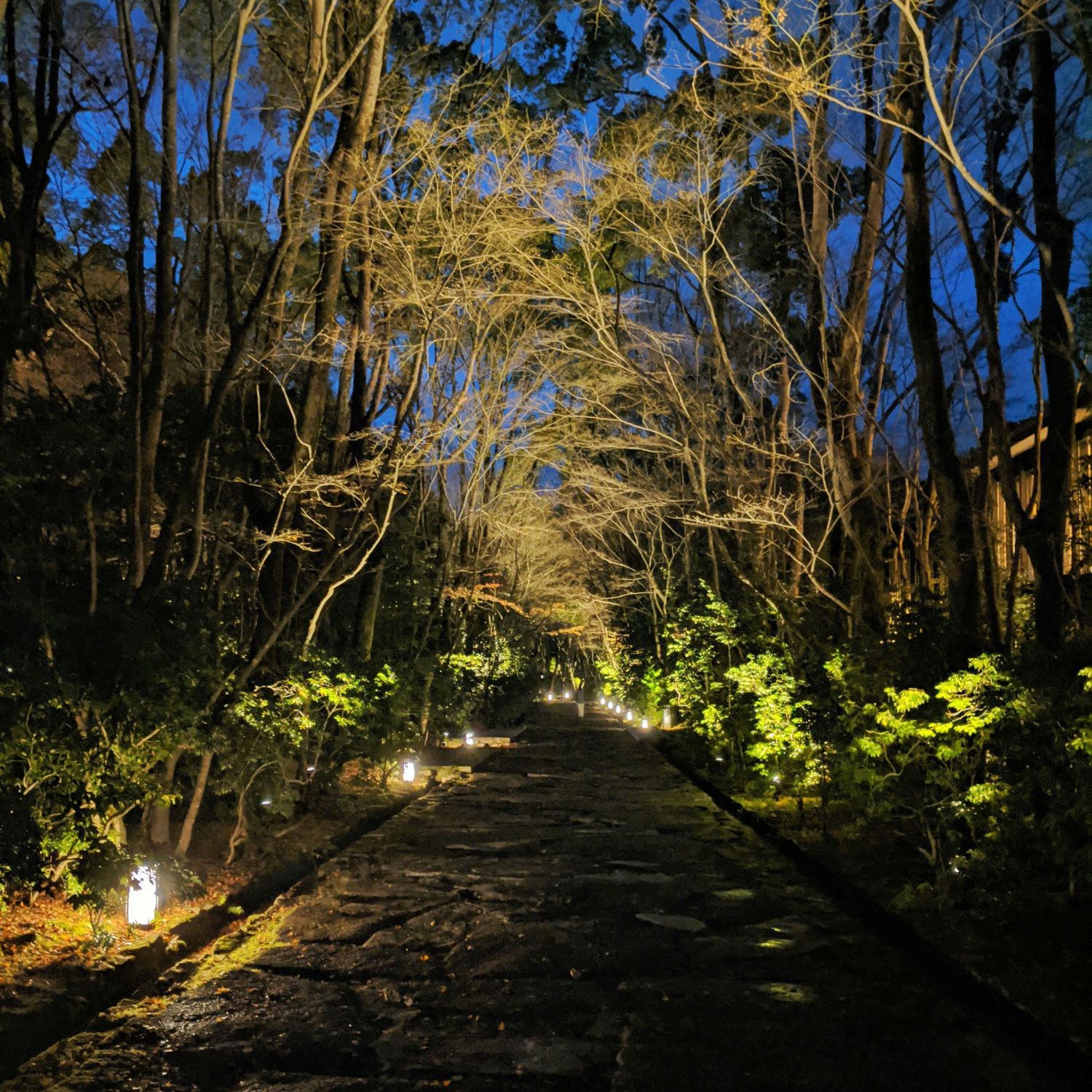
KAEDE
With floor-to-ceiling windows overlooking a sea of leafy greenery which gives the perception of dense forest, the 60sqm west-facing Kaede room plays it all traditional Japanese light wood minimalism – think tatami mat floors, a tokonoma alcove displaying a wabi-sabi vase and a hanging wall scroll, and wooden panels which conceal most of the room’s features. The combined bedroom and living space features a conventional sofa table seating area as well as a traditional Japanese cushion seating area (zabuton) for your private tea ceremonies and yukata/kimono pensive photo moments. The bathroom can be accessed through sliding doors at both ends of the bedroom, with sliding panels above the bed-frame being adjustable to allow the streaming of additional natural light into the bathroom during the day as well as to make the room feel airier and even more spacious. The room is equipped with a portable Bose sound system, an abundance of international power and USB points (a rarity for Japanese hotels) as well as controls for your lights, blinds and curtains.
The pantry is stocked with Nespresso coffee and Lupicia tea-making facilities. With the exception of the Aman Kyoto-branded Japanese tomato and yuzu fruit juices, all non-alcoholic beverages in the minibar – which include Canada Dry ginger ale, Suntory oolong tea and Yamazaki sparkling mineral water – are complimentary. Save for bottles of Kizakura Kyoto Beer, all alcoholic selections – think 2015 Opus One Napa Valley red wine and Krug champagne – are not covered by your room rate.
The bathroom boasts heated floors, double vanities, an enclosed rainfall shower area as well as a gigantic hinoki cypress wood ofuro bathtub which requires thirty minutes to fill and can probably house four burly men and a mahjong table. Like in Aman Tokyo, a paper manual provides instructions on bathing and Japanese bathing etiquette (“Add the seasonal herbs…Disrobe, and rinse in the shower before entering the bath…”). Aside from their hinoki-scented house brand bath products which are packaged in tall plastic bottles, guests are provided other bathroom amenities such as Marvis dental products and Proraso grooming products.
The Kaede rooms occupy the second level of its pavilion, with Nara rooms occupying the ground floor. Each pair of rooms share a common ground floor entrance in manner of a traditional Kyoto townhouse.
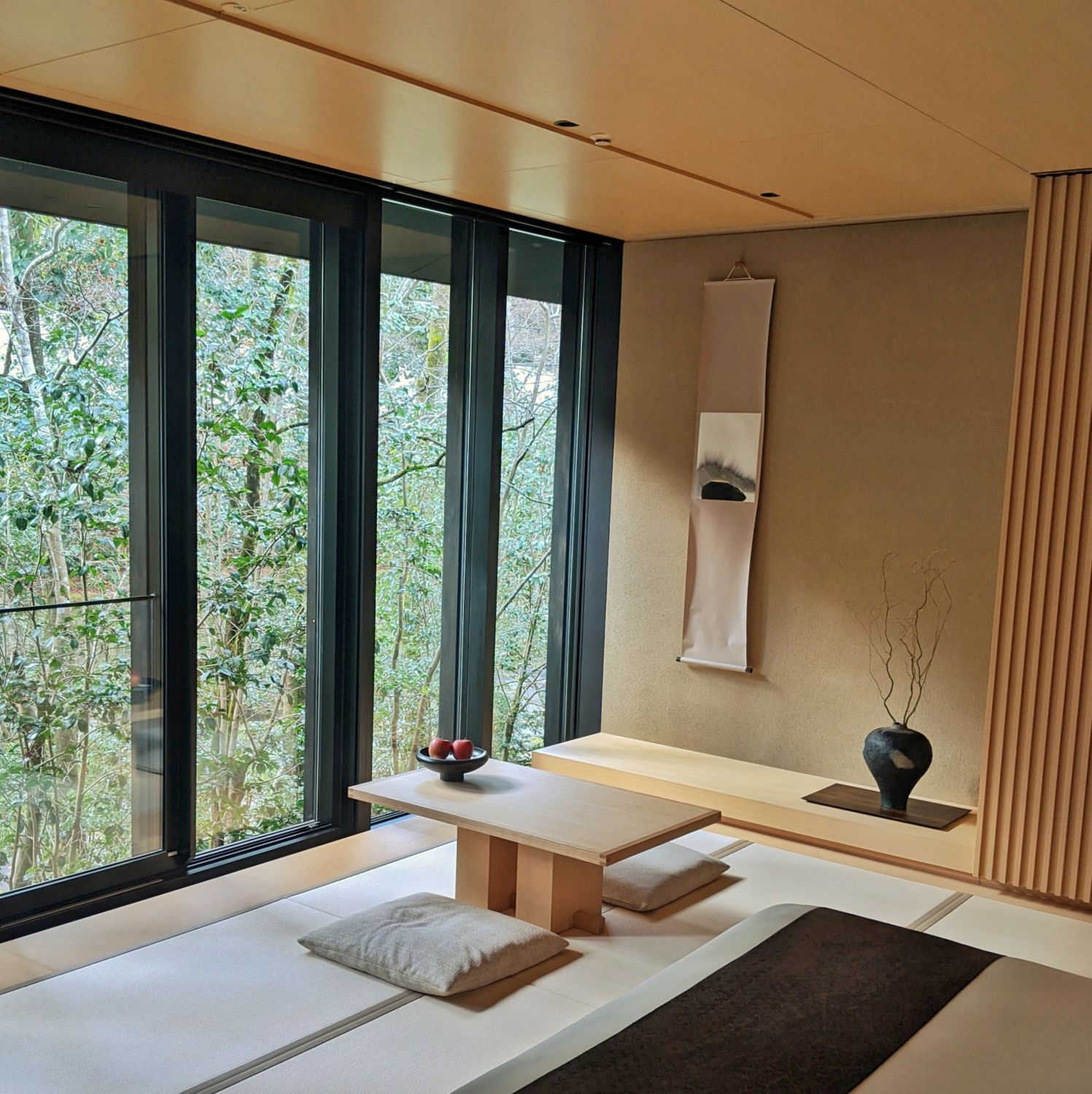
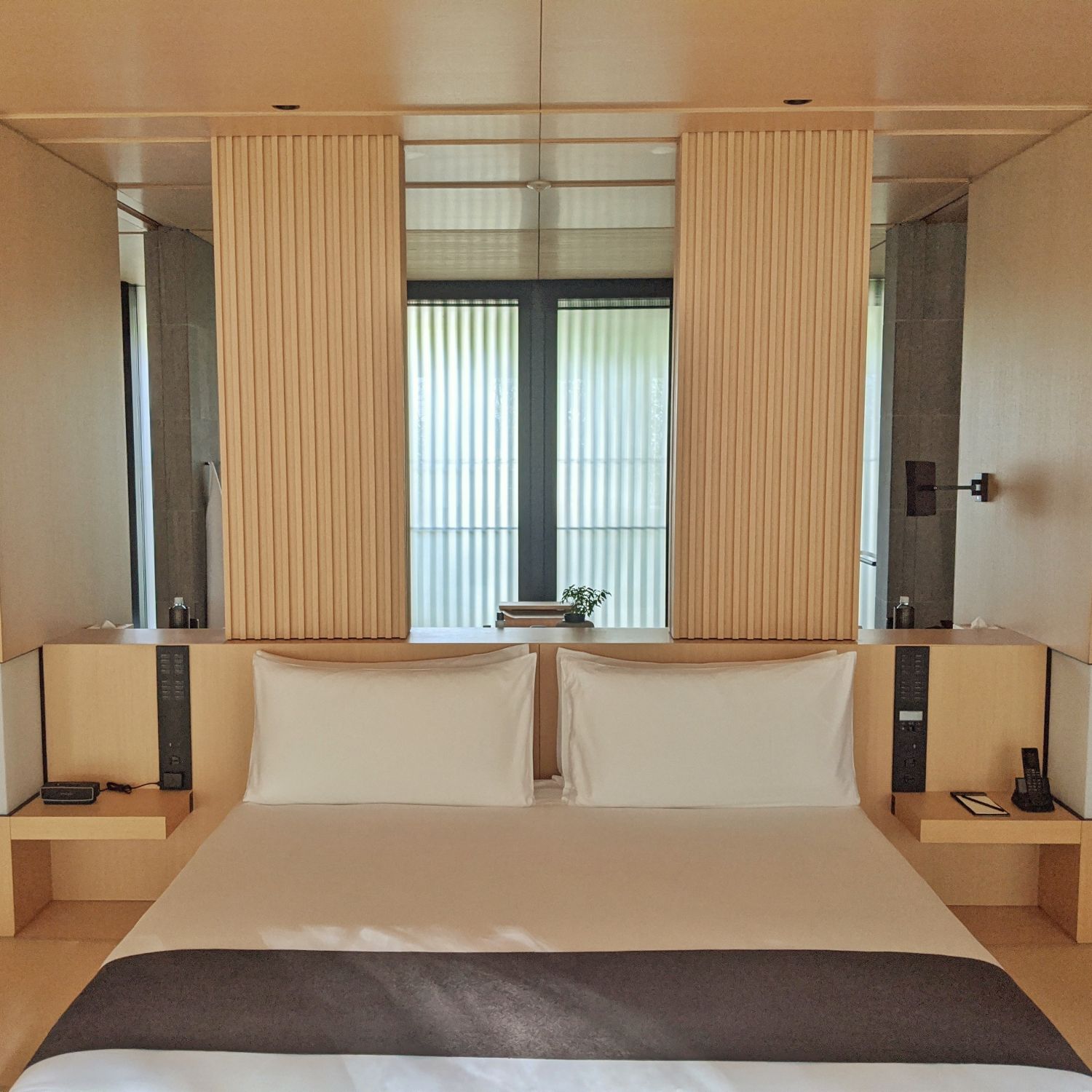
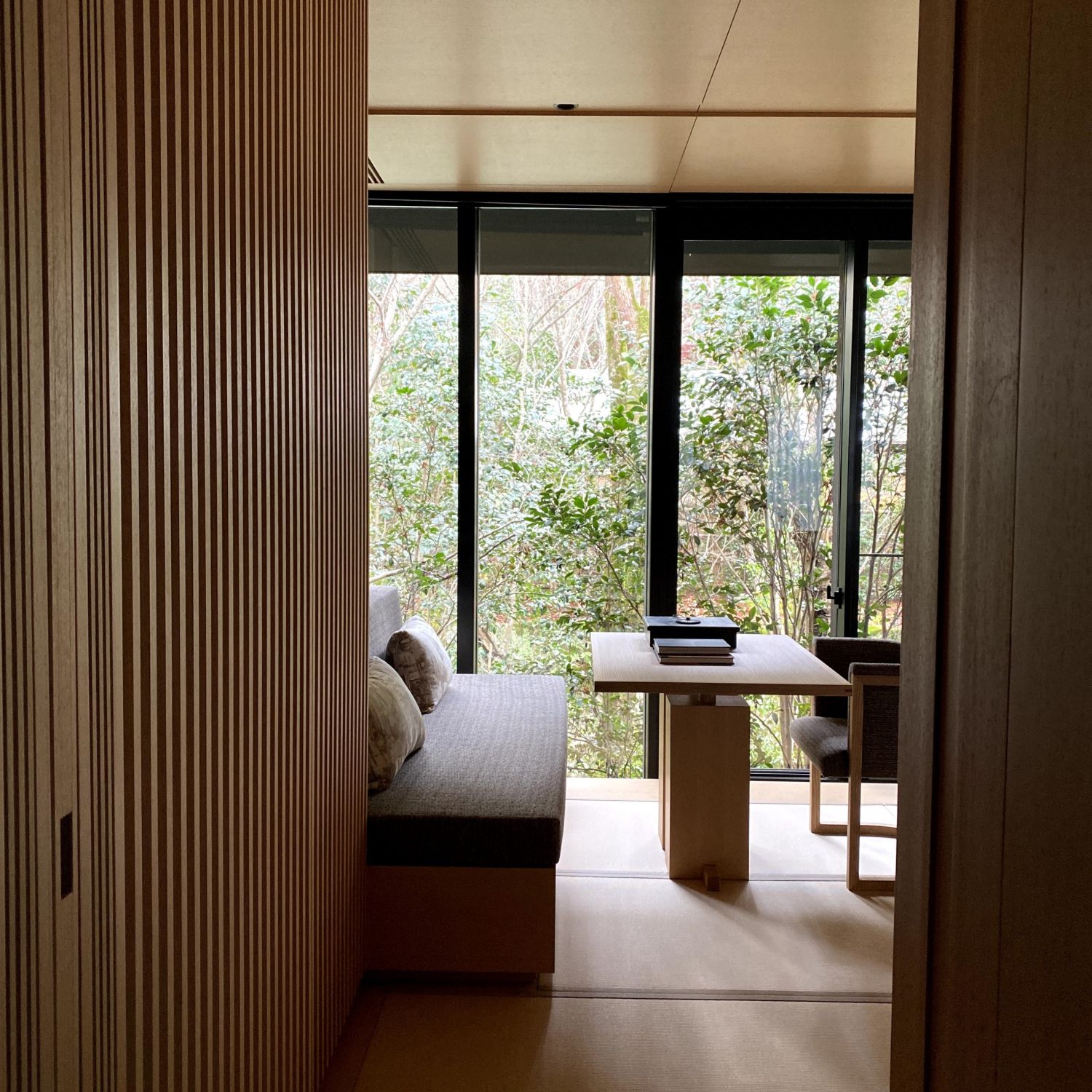
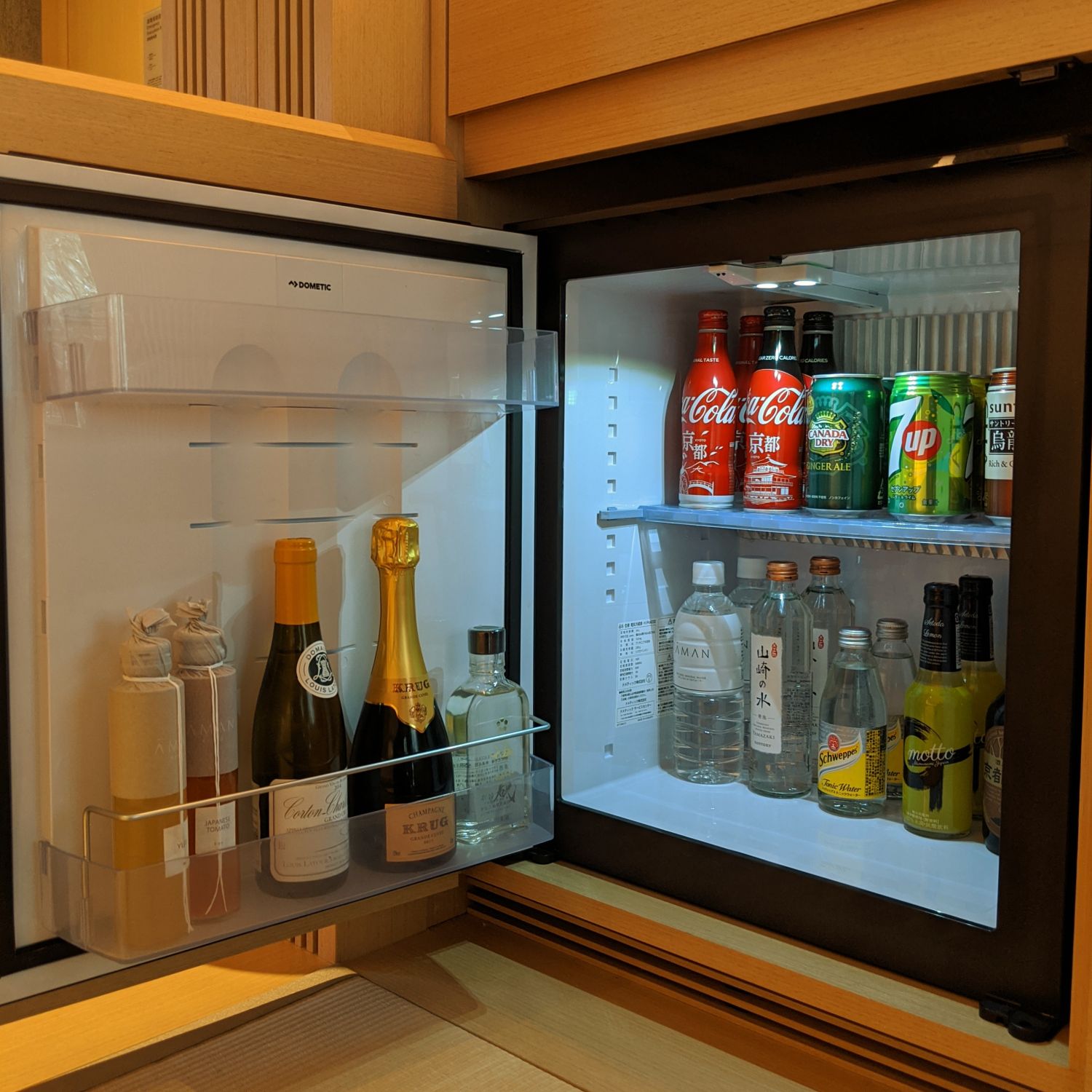
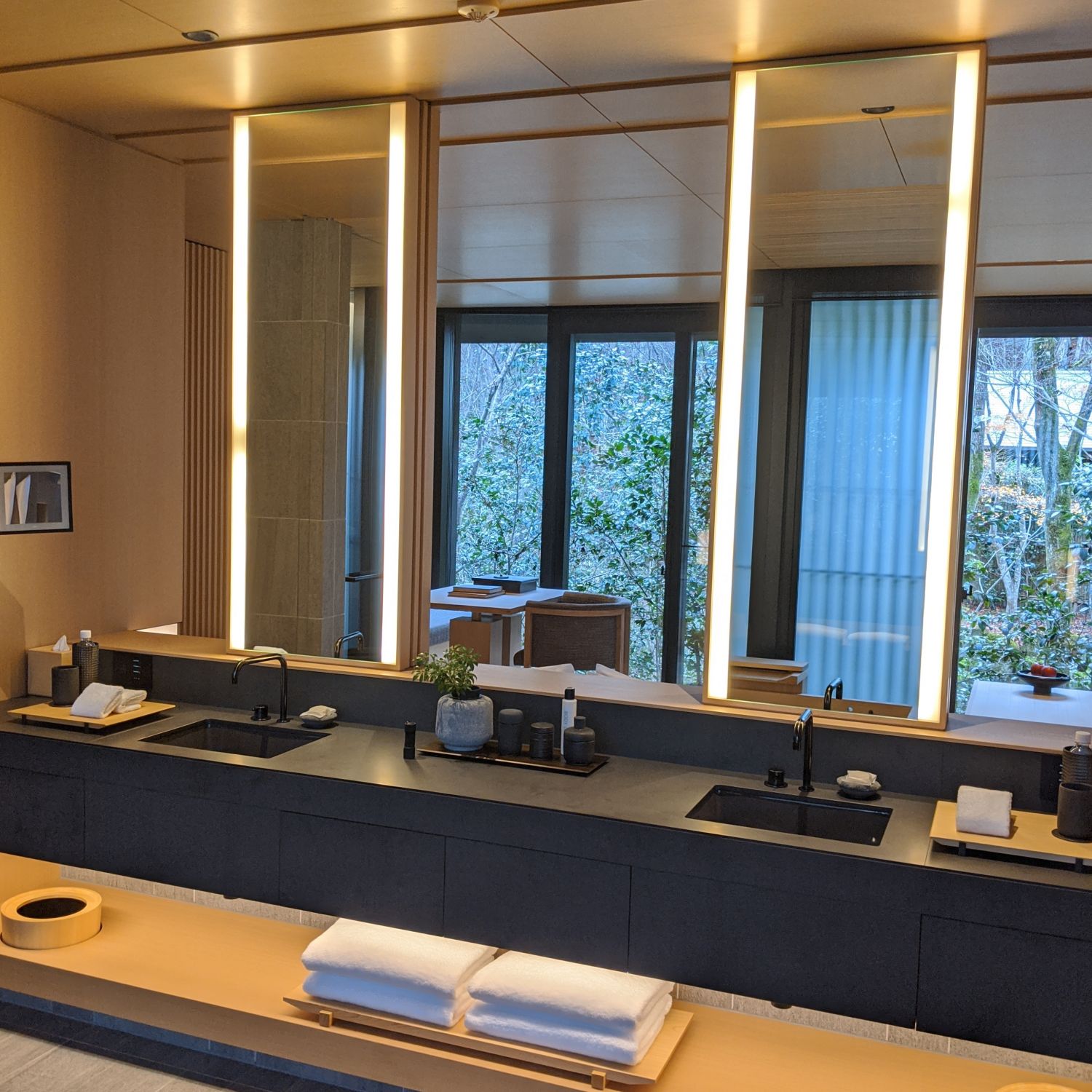
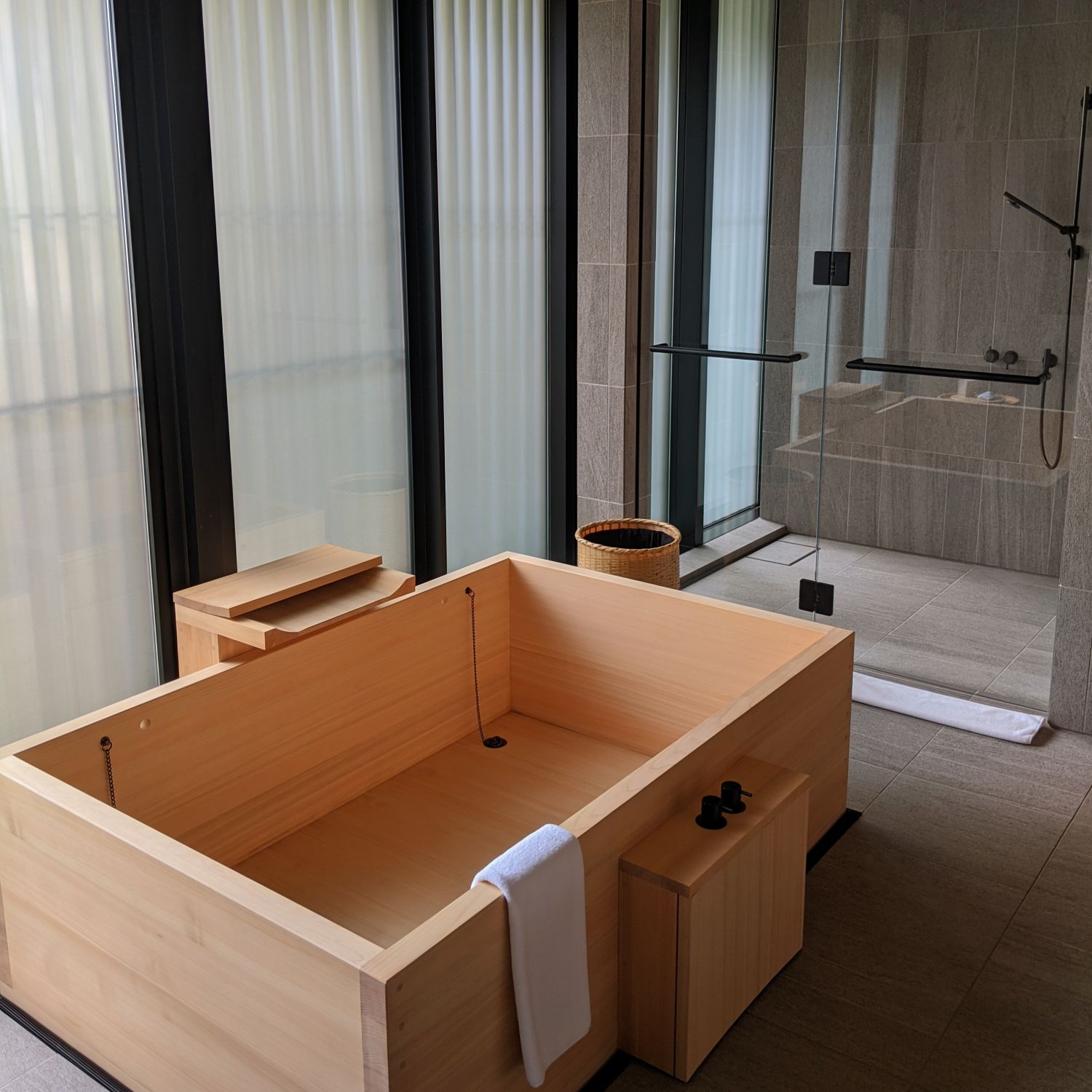
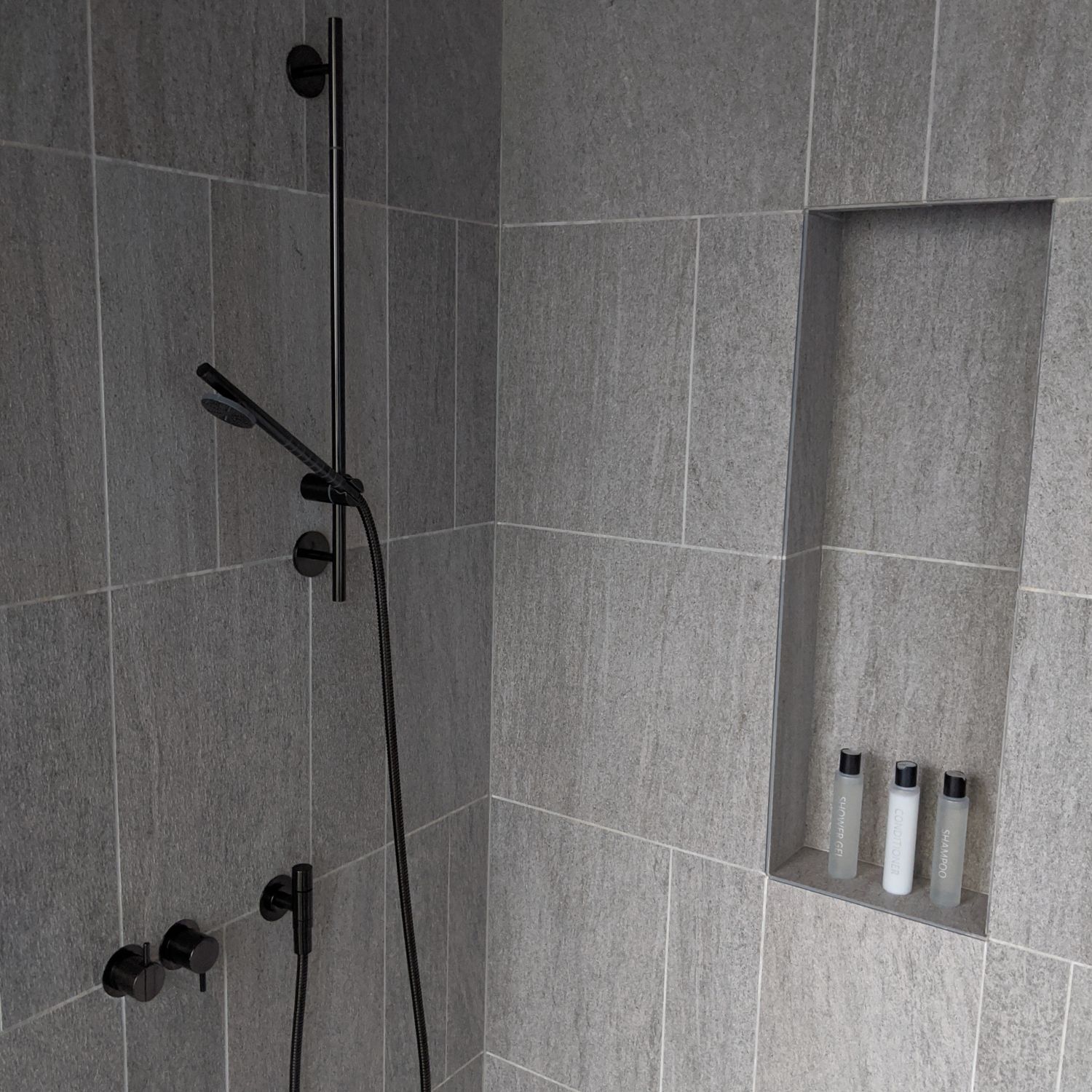
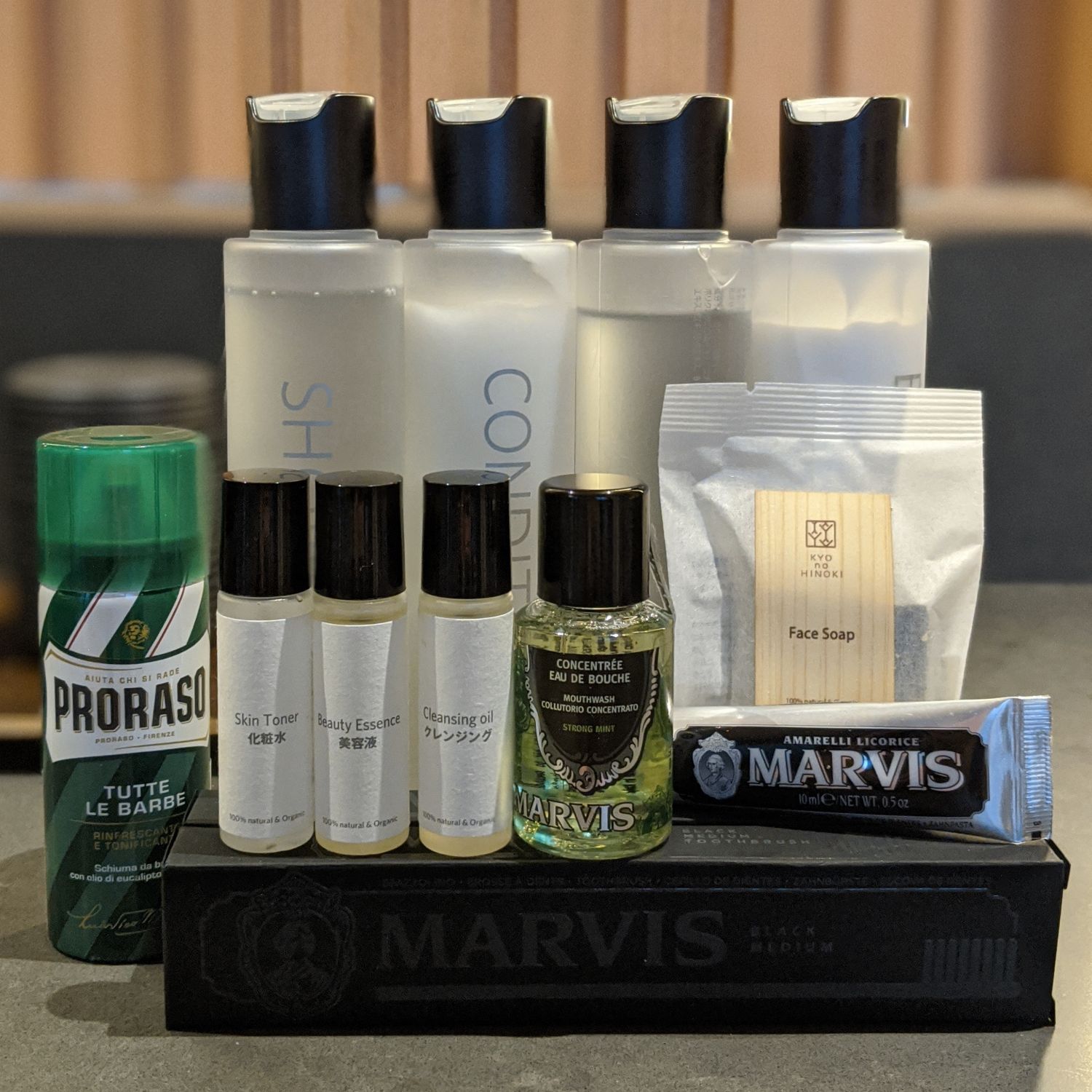
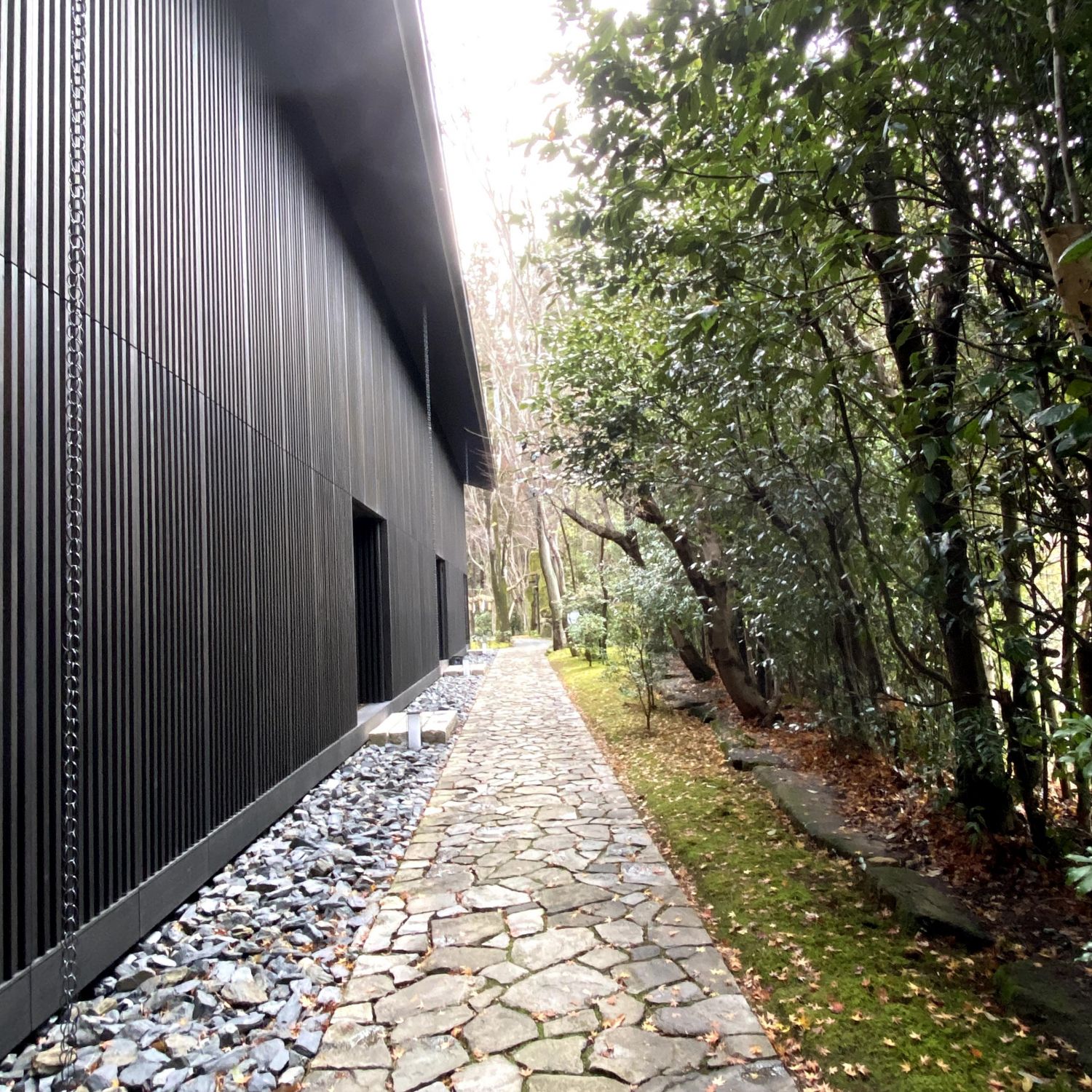
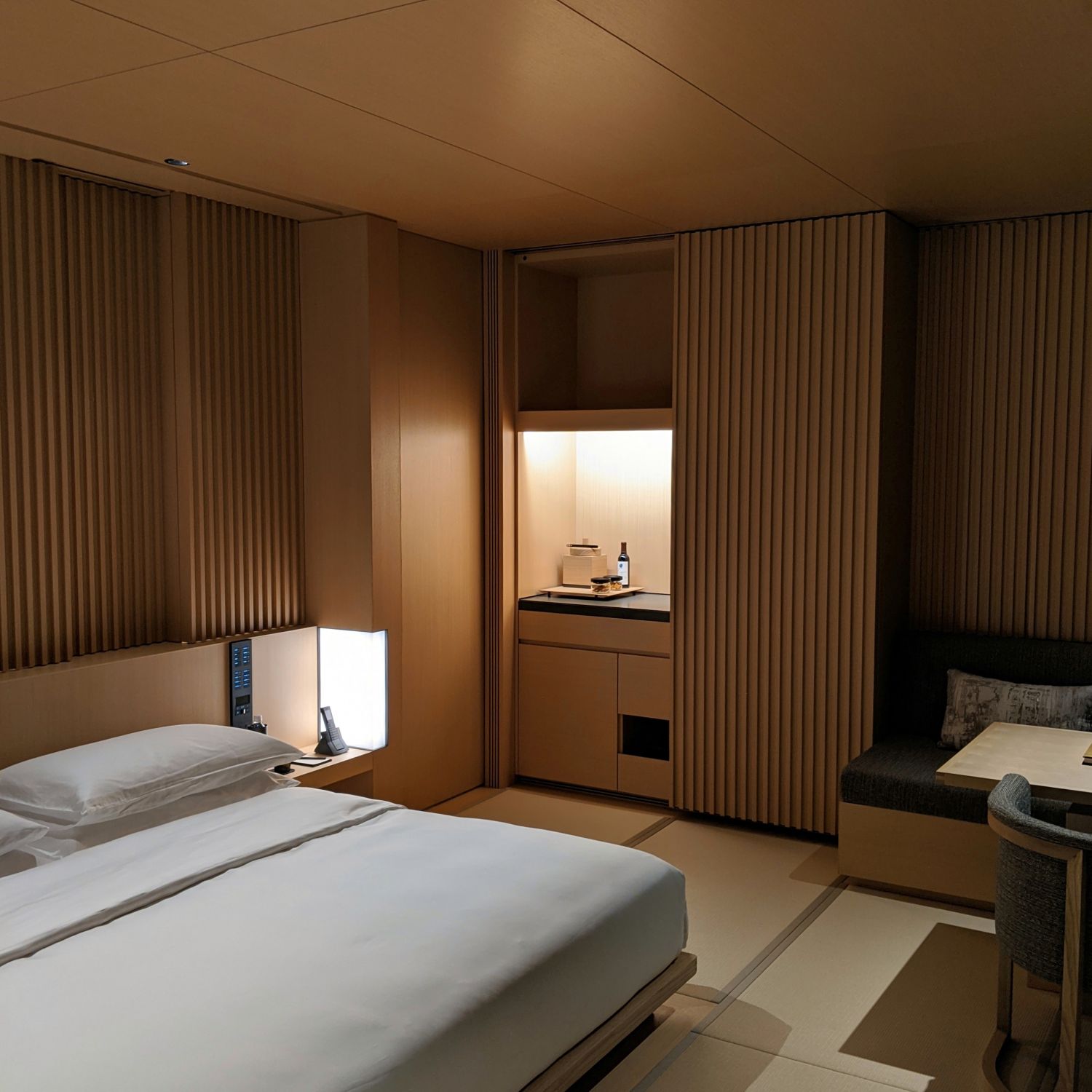
DINING
Breakfast is served at the Living Pavilion, the all-day dining restaurant which offers home-style Kyoto cuisine. The beautifully-appointed space serves as the social heart of the resort, boasting soaring high ceilings, a striking central fireplace, floor-to-ceiling glass doors which lead to an outdoor terrace with its own fireplace as well as elegant interiors which pair the cool black tones of the furnishings with the warmth of the light woods used for the restaurant’s curved chairs. In the day, the light-filled and inviting space makes for a fine setting for an afternoon of tea and assorted wagashi (Japanese traditional sweets); as the sun sets the outdoor terrace, which overlooks Kerry Hill Garden, provides much natural ambience for reflective musings and cosy whispers close to the jumping flames; and in the evenings, the warmly-lit indoor space is ideal for extended conversations and intimate dinners paired with fine wines.
Guests with breakfast covered under their room rate can choose between Western and Japanese breakfast menus. I opted for the Japanese menu, which included the grilled fish of the day (in my case, a most buttery cod), assorted Kyoto obanzai (homecooked-style Kyoto dishes), dashimaki tamago (rolled omelette made with egg and dashi) as well as freshly-made warm tofu served table-side. Supposedly prepared daily by a nearby tofu maker, the tofu turned out to be the highlight of breakfast, possessing a unique dense and grainy yet mushy soft texture unlike any other I have come across. Probably the best tofu I have ever had in my life.
As the resort was situated a certain distance from Kyoto civilisation, and given the only other restaurant within the premises had its weekly closure that day, the only feasible option for dinner was the Living Pavilion. During dinner service, the restaurant served its all-day menu along with dinner a la carte and course menus. I had my eye on the Grilled Kyoto Chicken with Kyoto Organic Lemon (¥,3,900 for a half chicken), one of the more affordable dishes available, but to my dismay I was told that the dish was sold out.
I briefly scanned the dinner course menus – the “Botan-Nabe” Wild Boar Hot Pot menu (¥30,000 for 2 persons) featured Kyoto wild boar meat and winter vegetables and mushrooms, while the “Land to Table” menu (¥18,000 for 1 person) and “Taste of Kyoto” (¥28,000 for 1 person) showcased Grilled Omi Wagyu Beef Sirloin with Sansho Pepper Red Wine Sauce and Kyoto Wagyu Beef Fillet ‘Teriyaki’ with Kamigamo Vegetables respectively.
Eventually, we decided on the French Fries with Kyoto Seven Spices Pepper (¥1,500), Chirashi-Sushi Bento with Obanzai and Miso Soup (¥6,500), Hot Pot Kyoto Rice with Ise-Lobster, Ebi-Imo, Ikura Salmon Roe and Bisque (¥8,000 for 2 persons) and Snowy Mont-Blanc with Tamba Chestnut, Hazelnut, Roasted Tea Ice Cream (¥2,200). French fries are my usual go-to choice when I need a cost-effective stomach filler during meals at ultra-luxurious resorts (I fondly remember the thick, fat ones I had recently at The Ledge by Dave Pynt at Waldorf Astoria Maldives Ithaafushi). Given the relatively generous servings of sea urchin and the undeniable freshness of the proceedings, the chirashi turned out to be a smart decision, as was the piping hot Kyoto rice with its bouncily crunchy lobster chunks, copious spurts of salty salmon roe joy at every turn and the luxuriously rich lobster bisque. In view of how I was celebrating my birthday that month, the team pimped up my Mont Blanc dessert with a birthday greeting.
Japanese restaurant Taka-An is situated just outside the resort’s main entrance. Serving both Aman guests and non-residents and possessing a black-and-wood aesthetic similar to that of Living Pavilion, the kaiseki restaurant offers omakase dining experiences priced around the ballpark of ¥25,000 and ¥35,000 per person respectively.
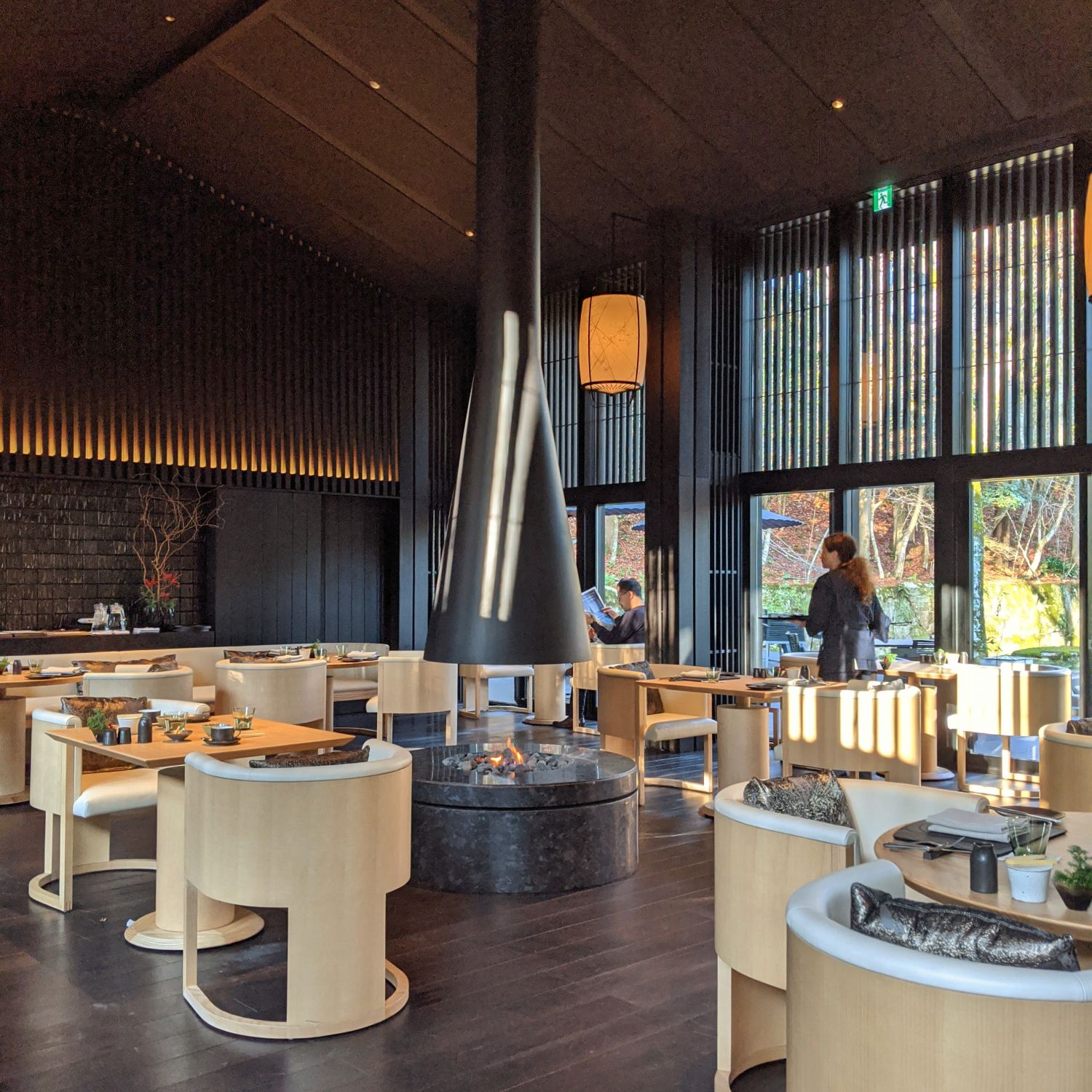
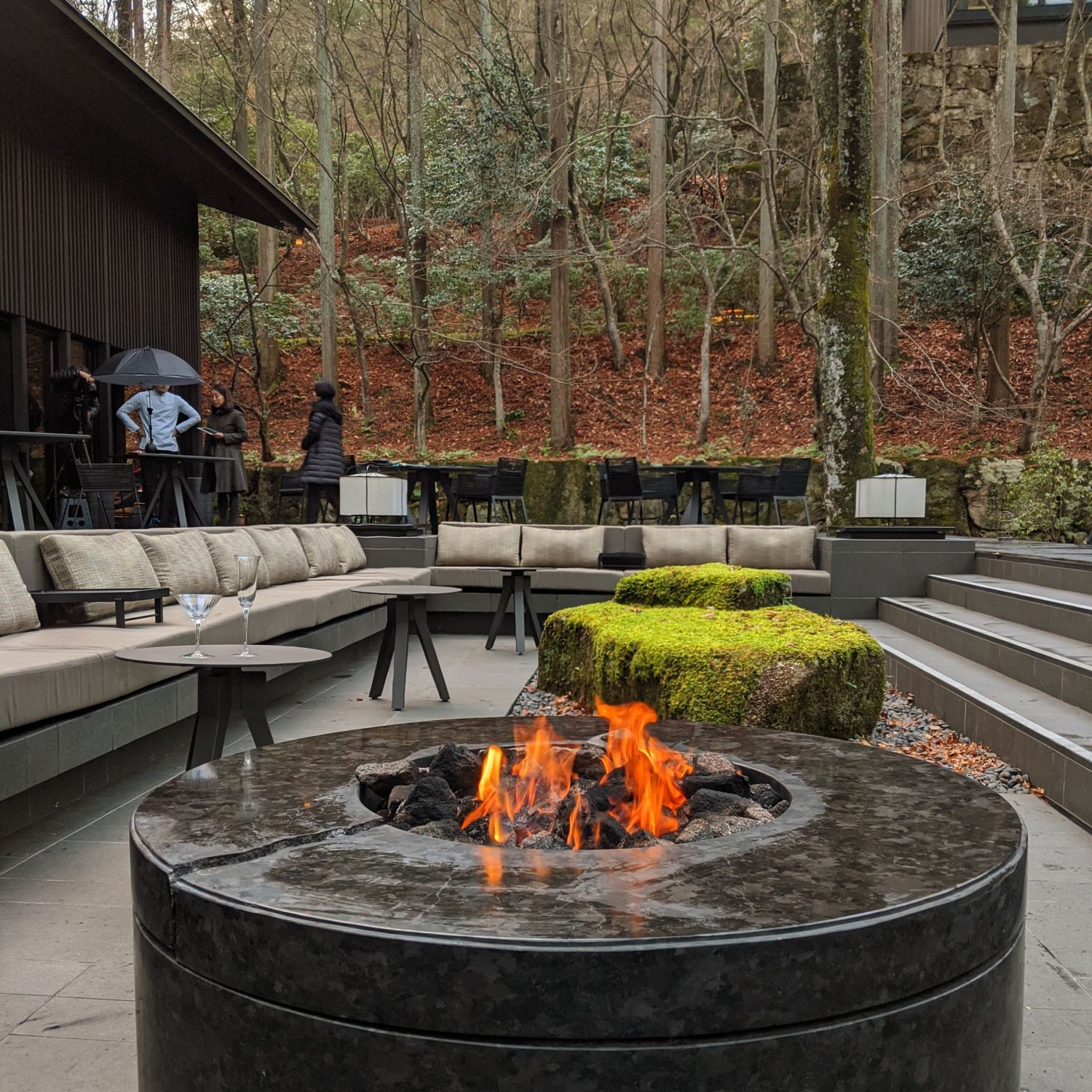

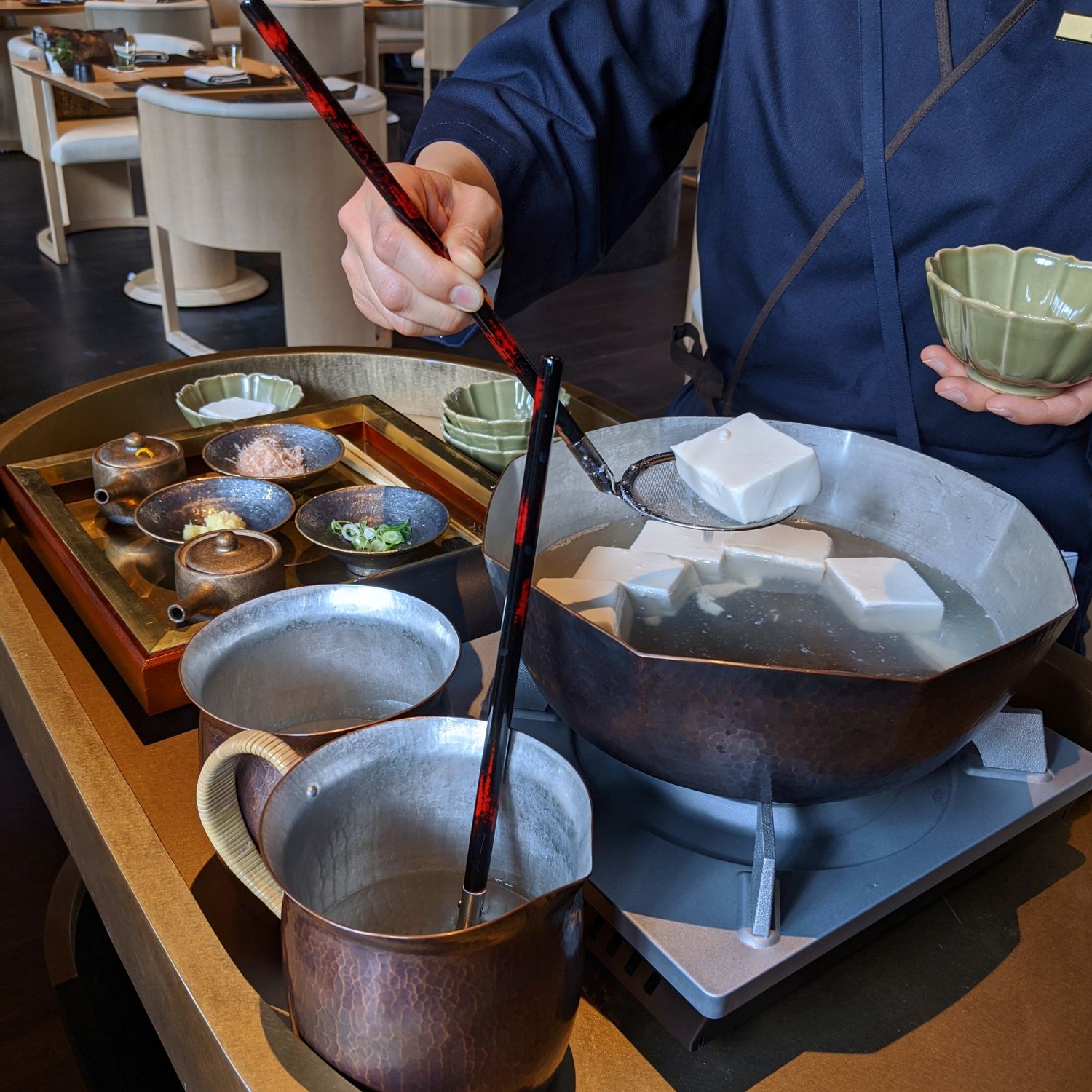
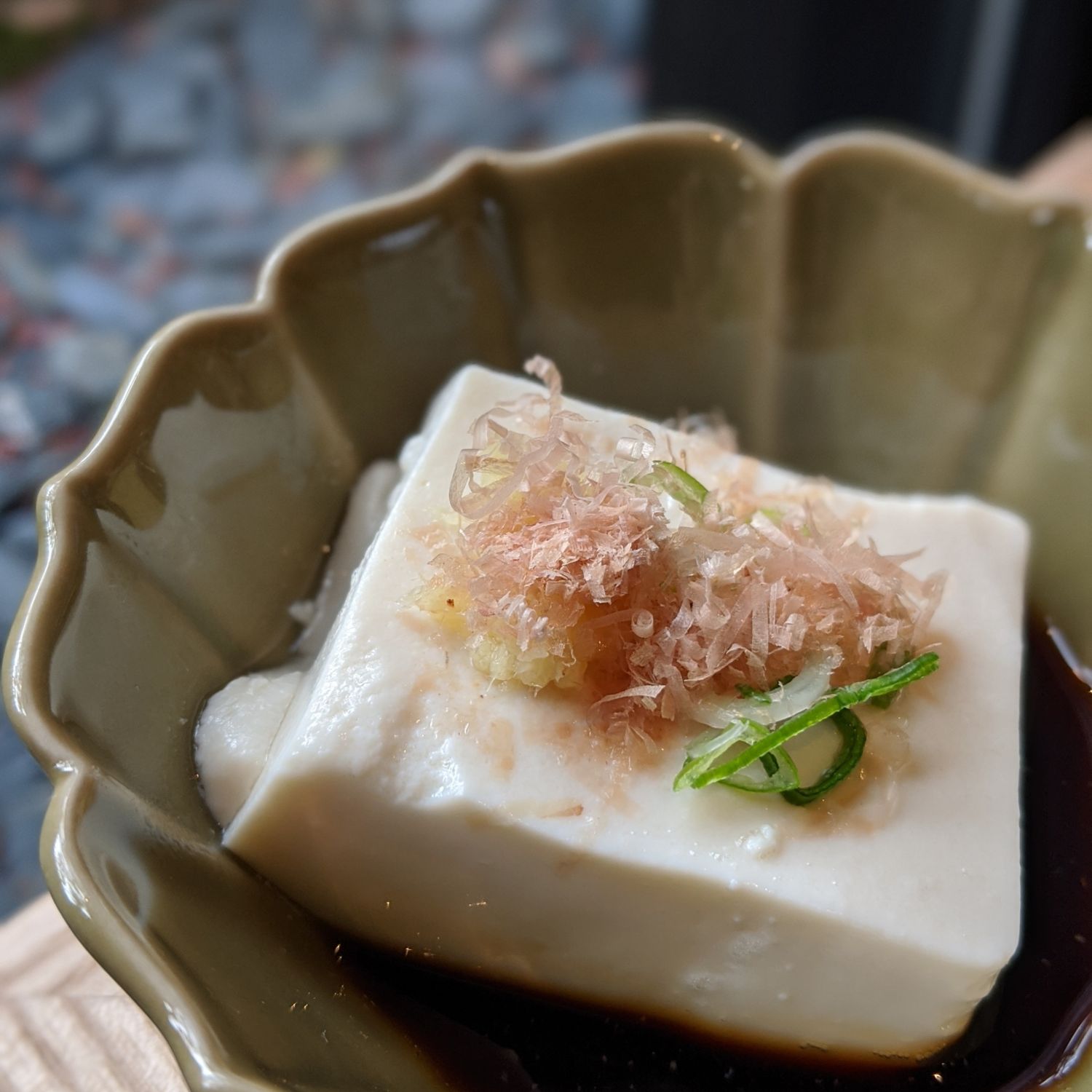
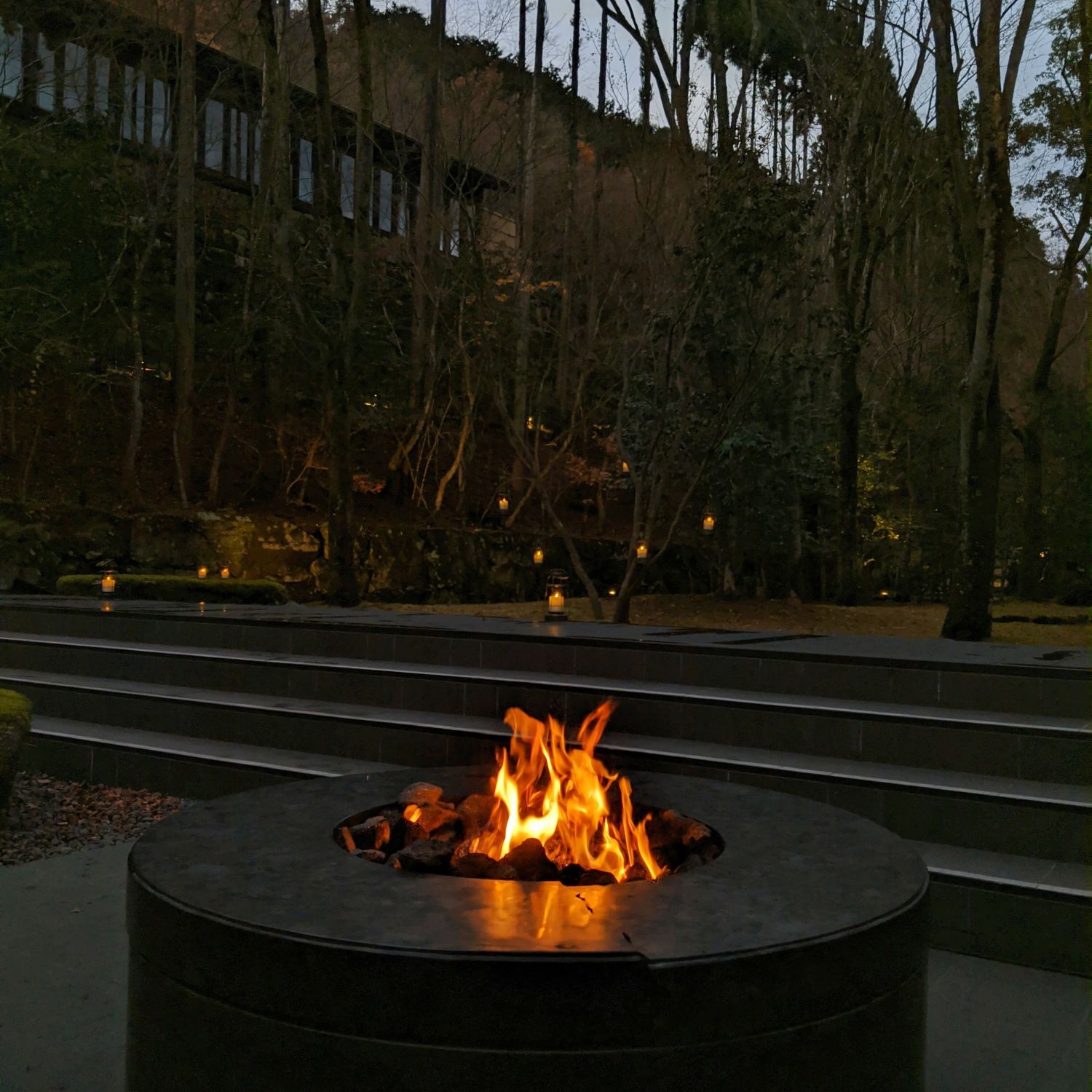
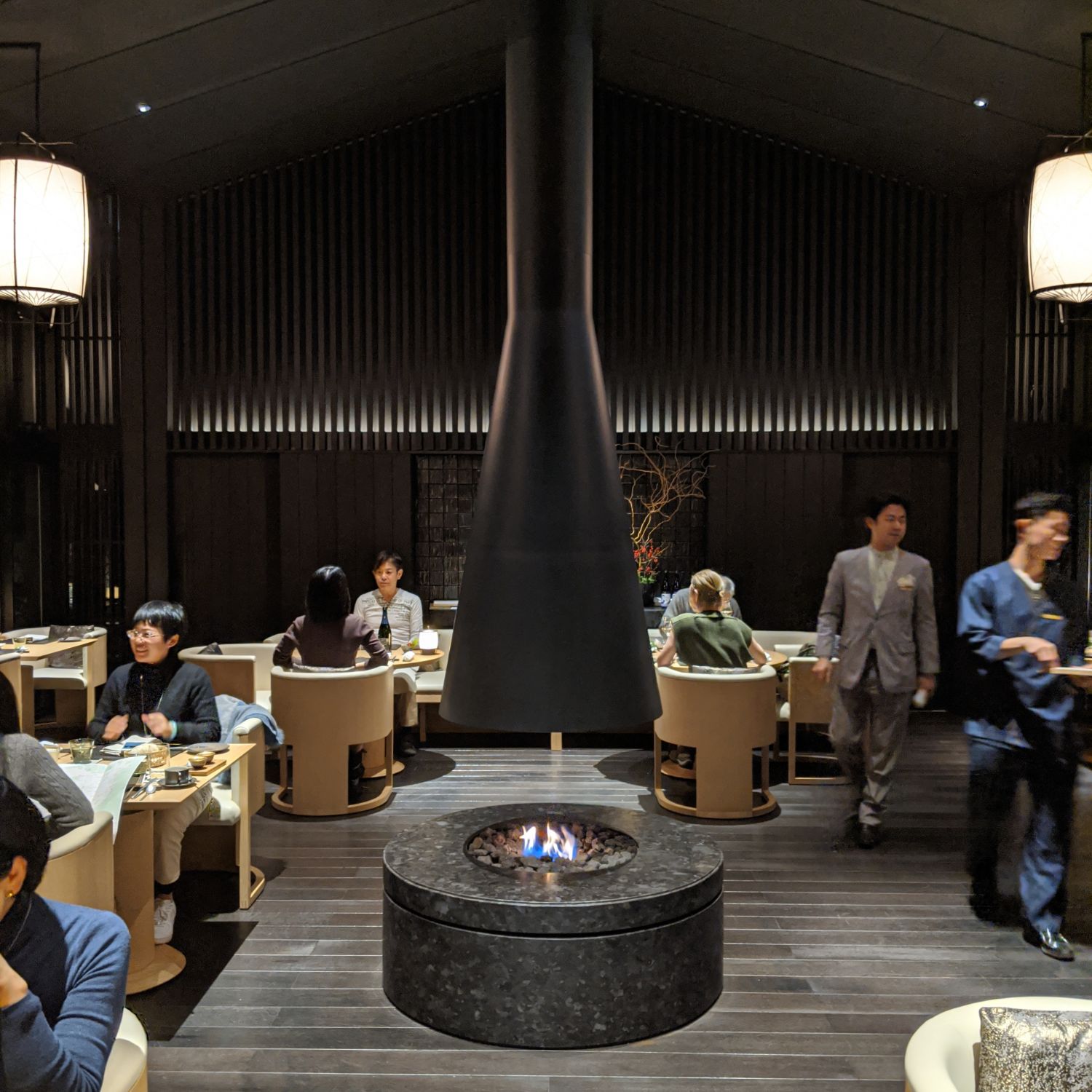
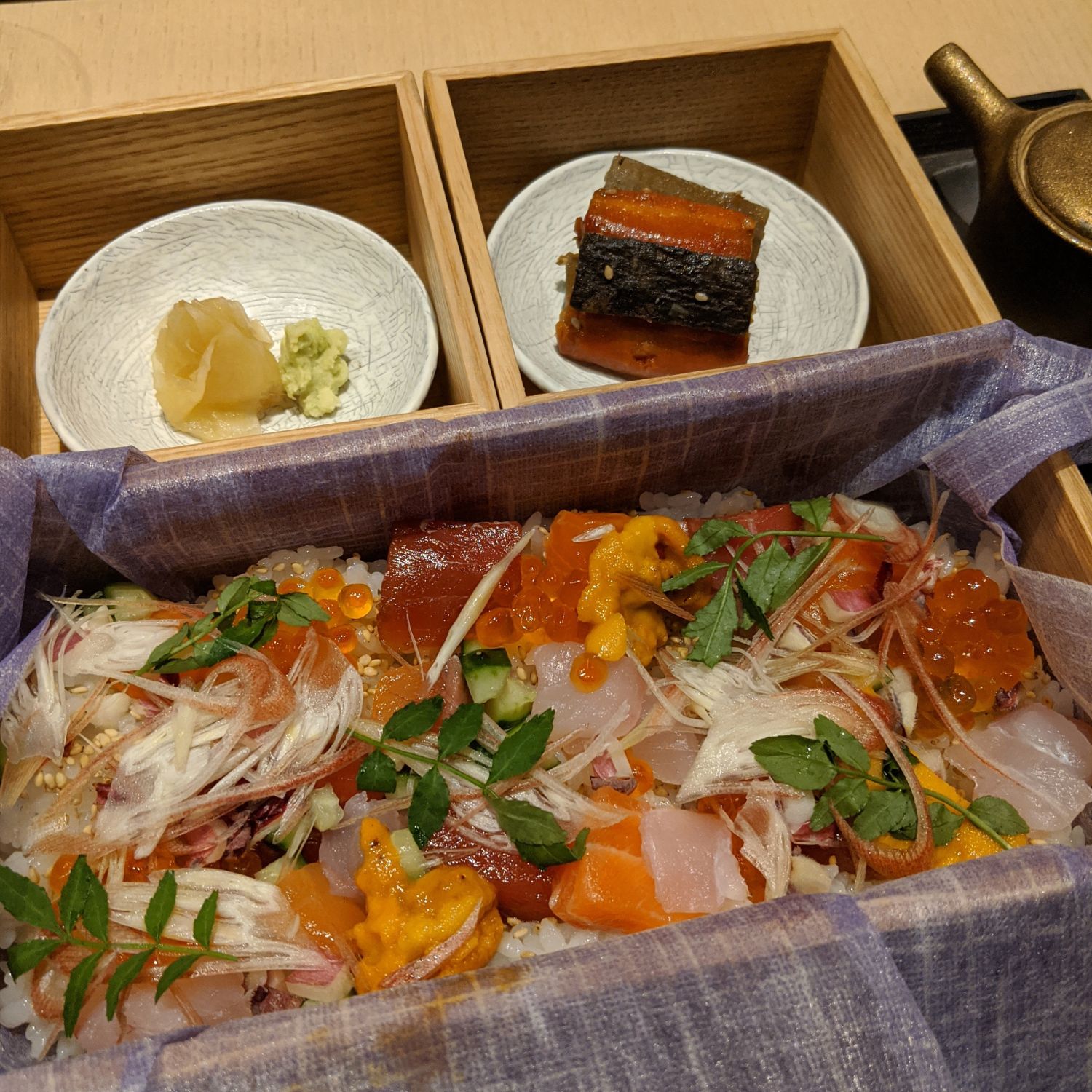
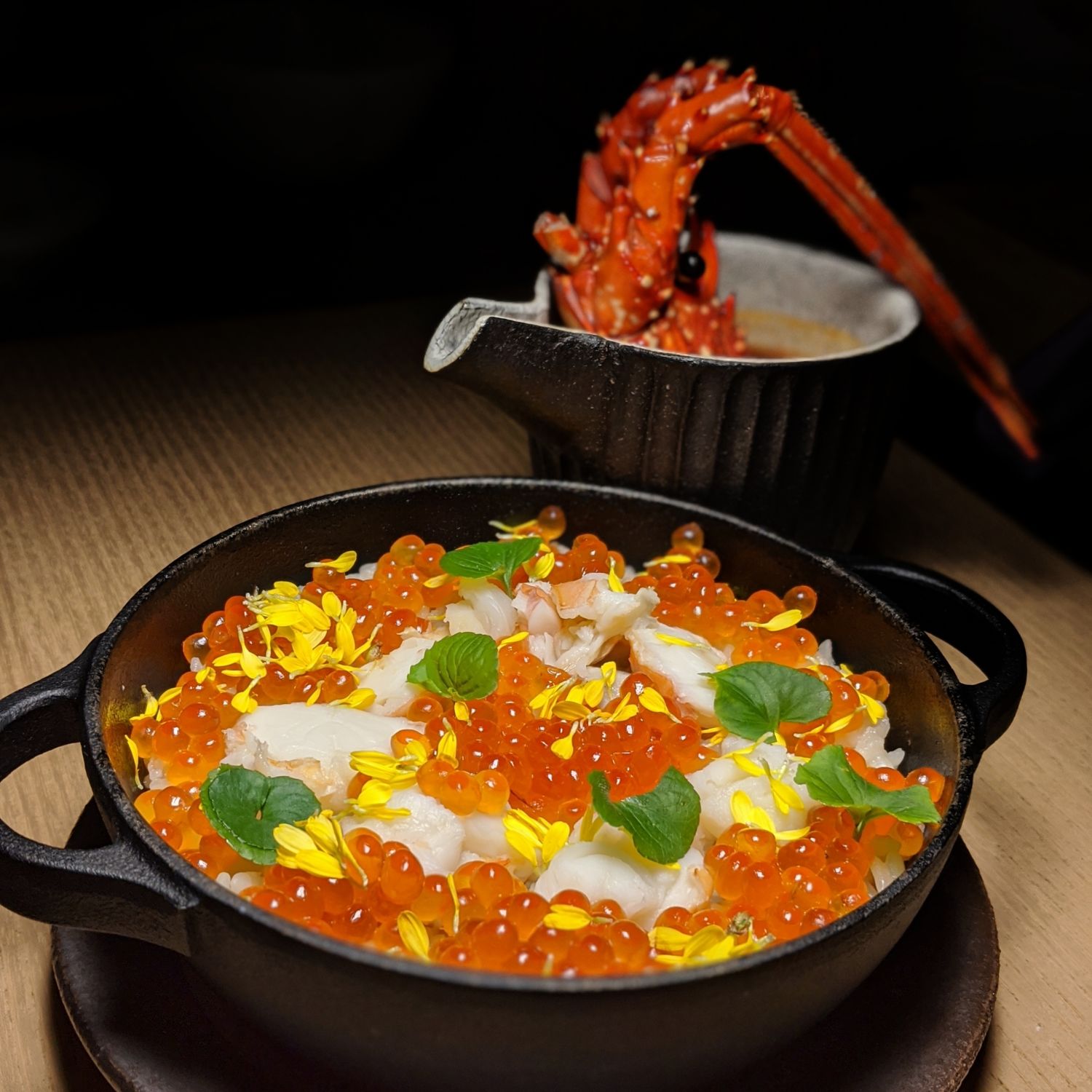
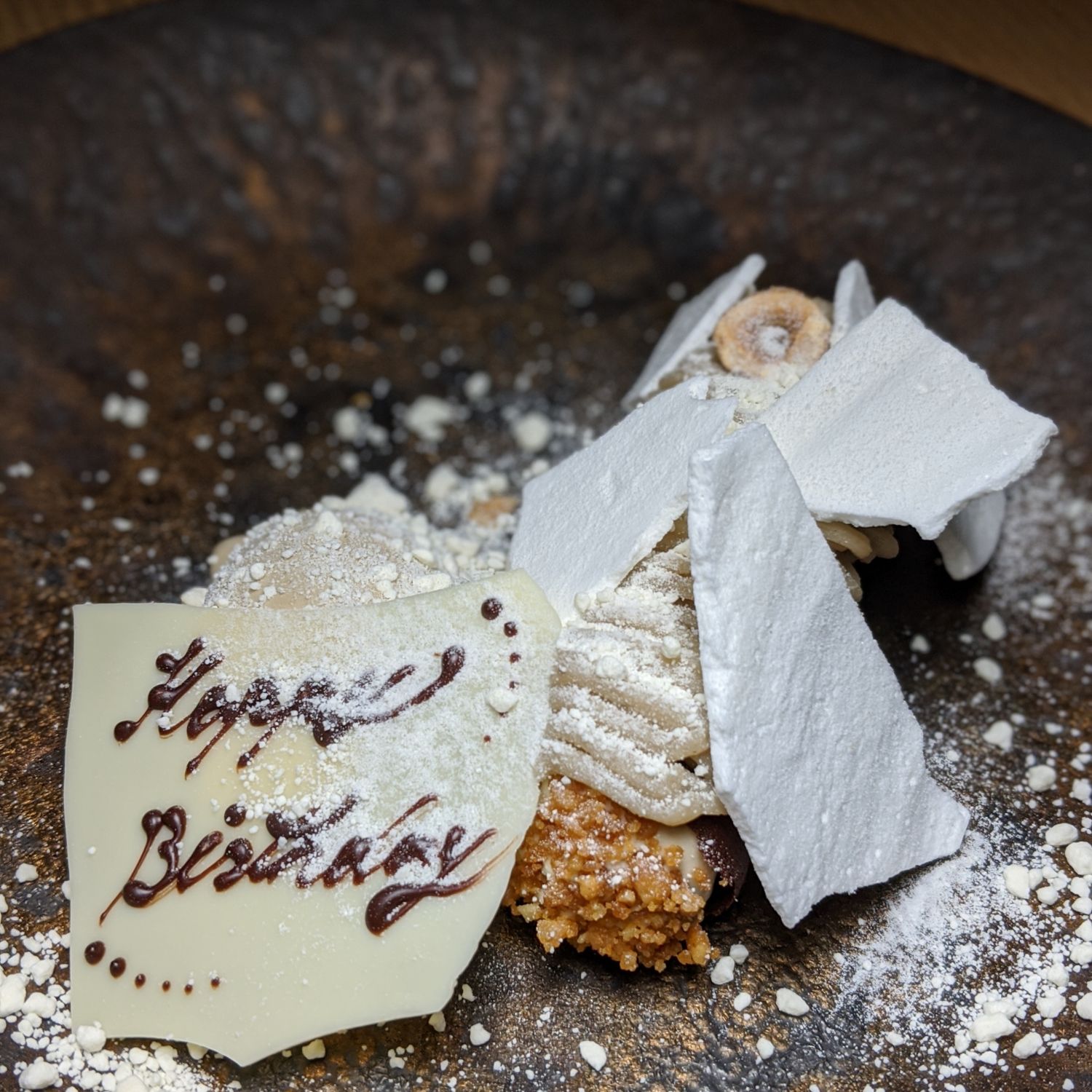
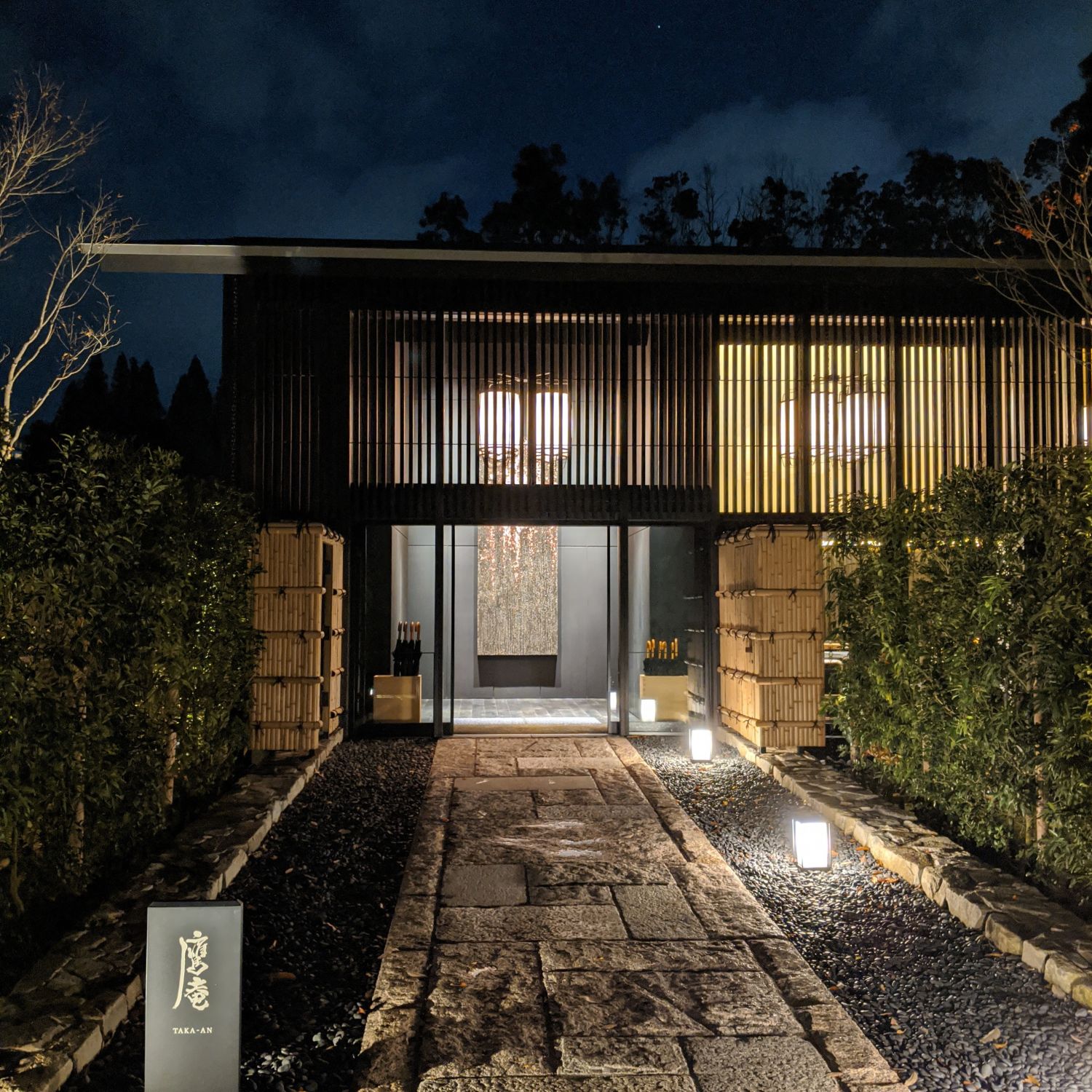
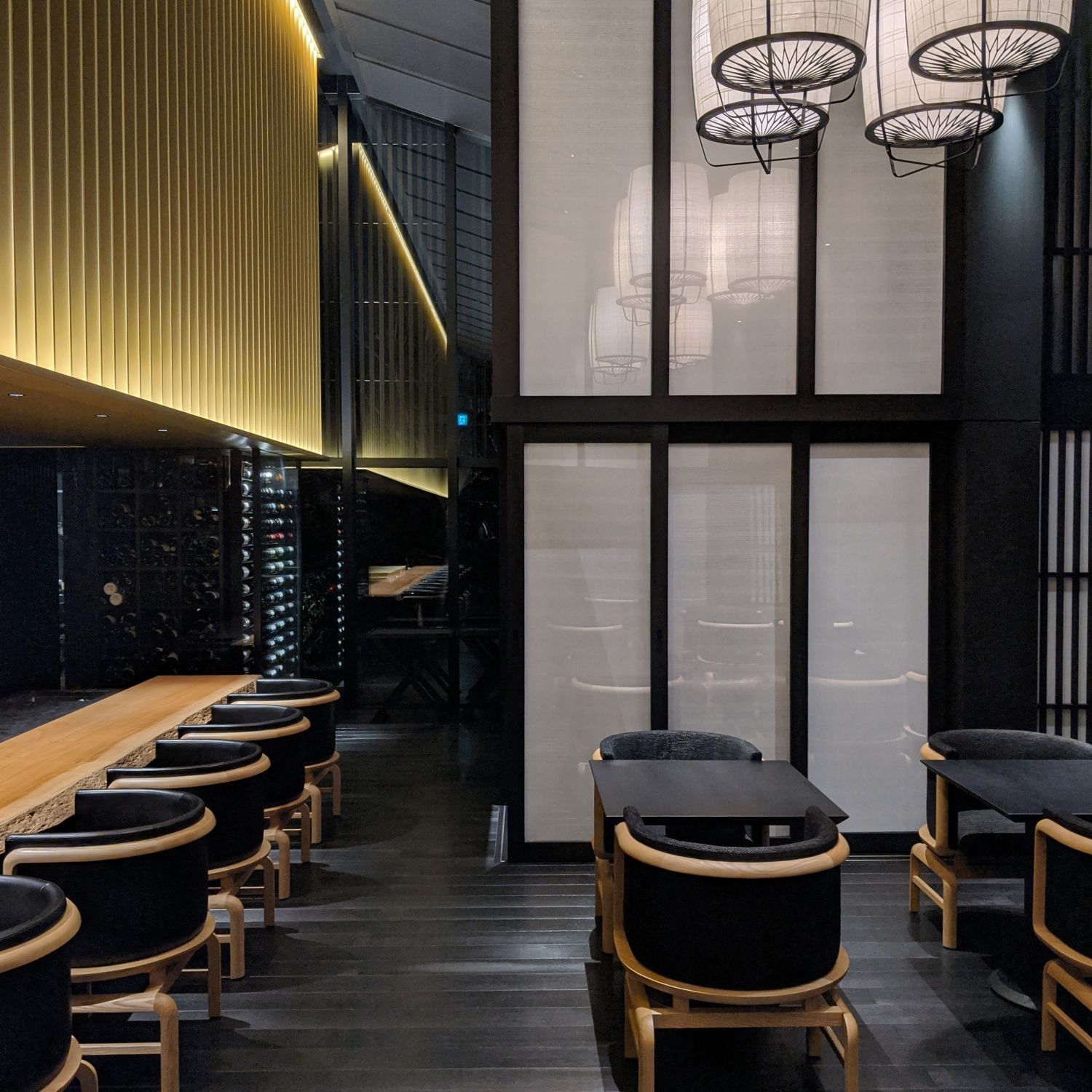
GUEST EXPERIENCES
One of the first things I did after checking in was to take a soak in the natural hot spring onsens situated within Aman Spa, with my favourite being the sheltered and fenced-up outdoor onsen area with crystal clear waters surrounded by beautiful sculptural boulders. Given the small number of rooms at this resort, it is not difficult to catch a moment alone in the glorious onsen and immerse yourself in the rich minerals and therapeutic serenity of the space, without the need to focus on using the minuscule cloths provided to shield your dangly bits from other Aman resort guests (whom I have a mental image of being sculpted, glamorous and infinitely better off than I am).
Given the room rates involved, I was very disappointed to find out upon arrival that aside from the use of the onsen, the only complimentary guest experience offered at the resort was an hour’s worth of escorted morning cycling, with further private cycling chargeable at ¥5,000 for 3-5 hours. From the private meditation sessions with a Buddhist monk (¥16,500) and private picnic at your choice of on-site location (¥12,000) to the exclusive invitation-only visits to an ancient teahouse to meet and enjoy performances by a geiko (the Kyoto term for geisha) or a maiko (apprentice) (¥60,500) and the practice of ikebana (flower arrangement) (¥27,500) and miniature garden design (¥15,000), all other guest experiences were chargeable per person (the above prices are for one person only) and required a minimum of two persons.
I appreciated that certain activities involving third parties (such as the geisha meetings or rental of monk) would usually incur such fees in any instance, but I could not help but draw comparisons to my most recent ultra-luxurious resort stay at Waldorf Astoria Maldives Ithaafushi where, aside from the usual swimming and beach activities possible at island resorts, the property provided complimentary on-site kayaking, paddle boating, windsurfing and catamaran sailing sessions for guests alongside a wide array of chargeable premium experiences such as snorkelling, dolphin excursions, parasailing and seabob riding for those who are keen on taking full advantage of what the resort has to offer. Of course, guests are free to check out the nearby UNESCO World Heritage sites, but that will mean leaving the property which they paid a significant room rate to stay at. In any event, I was expecting some form of customised guidance in terms of the available guest experiences during my time of stay (Shinta Mani Wild did an exceptional job with the prominently-displayed Adventure Book available in each tent which was regularly updated) but save for activity summaries tucked away within the in-room guest directory (which excludes pricing information) there was none. It was certainly not ideal that I had to specifically make enquiries about the guest experiences available and request for the activity price list of my own accord.
During dinner at Living Pavilion, we chatted with a bubbly Chinese restaurant supervisor who regaled us with inspiring tales of her own Aman experiences. After sharing with her our sentiments as outlined above, we were soon introduced to Sakura-san, a charming and charismatic force of nature who has been mentioned in various media pieces (such as this Telegraph piece) and TripAdvisor reviews as well as lovingly featured on many social media stories of former guests of the resort. Sakura-san graciously offered to conduct a complimentary tea ceremony practice session for us the following morning, going as far as to secure a private room at Taka-An for the session. Throughout the rest of my stay, she was like an elegant and personable human Doraemon, offering me a different gift every single time I saw her, from a box of scrumptious French Fries with Kyoto Seven Spices Pepper from Living Pavilion and packets of rice crackers from Ninnaji Temple to postcards from Kyoto artist Ito Jakuchu as a farewell birthday gift.
In view of the limited time we had left before having to check out – the small number of rooms means complimentary late checkouts are close to impossible – Sakura-san also gave us very specific insider recommendations as to which of the nearby temples to consider (“This place serves a very good aburi mochi…This place is nearby, but very crowded with many tourists…This is my favourite place, it is so beautiful and quiet, and it made David Bowie cry when he visited”). Eventually, we made an obligatory visit to the golden Kinkaku-ji Temple, which was still quite a magnificent sight to behold in spite of its touristy trappings, as well as took a private car to visit the lesser-known and hidden Shoden-ji Temple, Sakura-san’s top recommendation. Tucked away in the northern part of Kyoto, the temple is notable for both the ceiling of its main hall being built using floorboards stained with blood from the harakiri (ritualistic suicide) of troops at Fushimi-jo Castle in 1600 as well as the temple’s karesansui (dry landscape) Zen rock garden with its immaculately trimmed azalea bushes, perfectly raked gravel and rock formation and the breath-taking sight of Mount Hiei in the backdrop, a combination of elements which supposedly made David Bowie tear during his visit on a wintry day in December 1979.
I took the lead of the only other visitor present – an elderly man with a baseball cap and a leather notebook – and gingerly sat down on the temple’s wooden-floored verandah. For the next few minutes that followed, we sat side-by-side in complete silence, facing the rock garden and taking in the surreal beauty and quiet of the surroundings, and then it suddenly struck me that perhaps this was the tranquil guest experience that Aman Kyoto has always intended to provide.
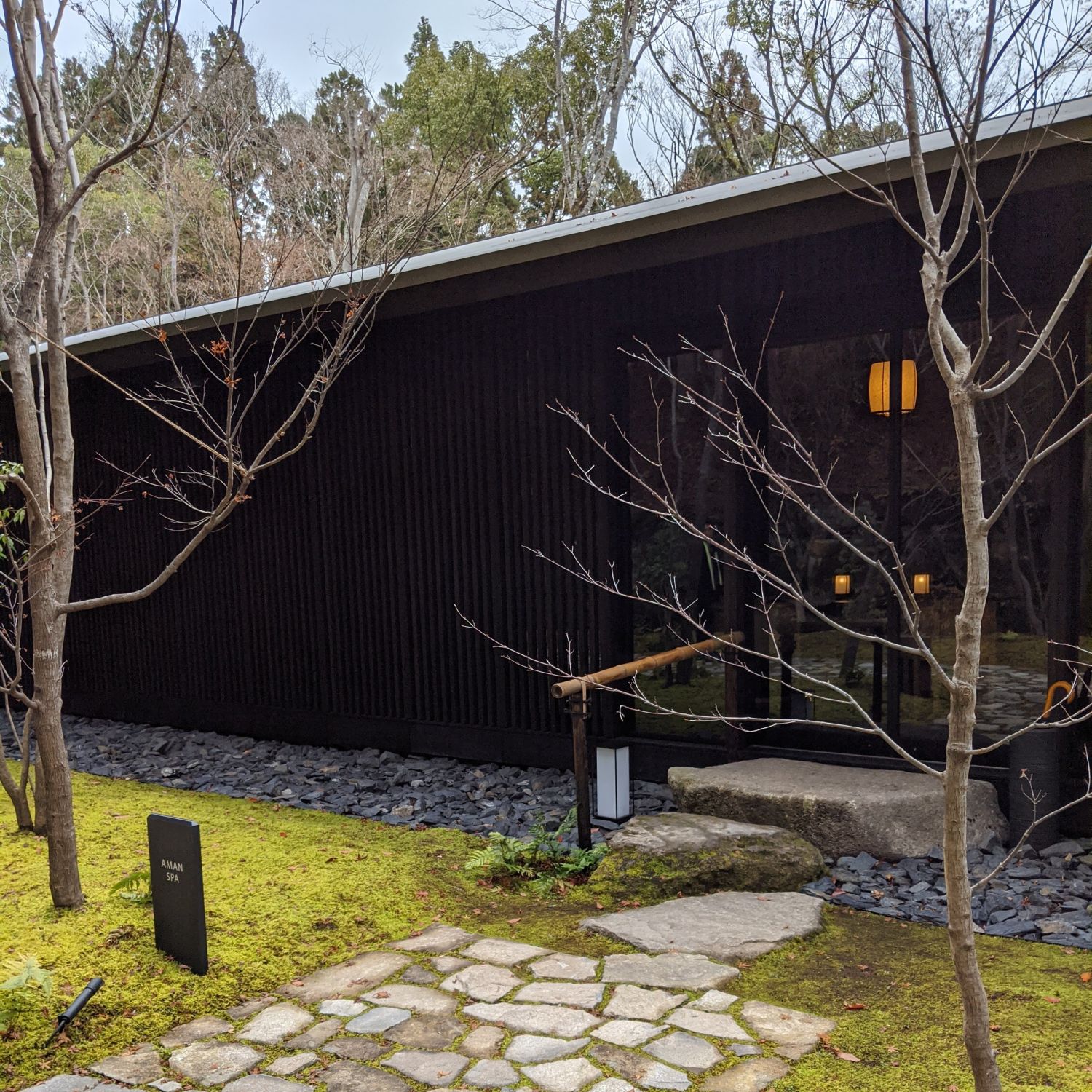
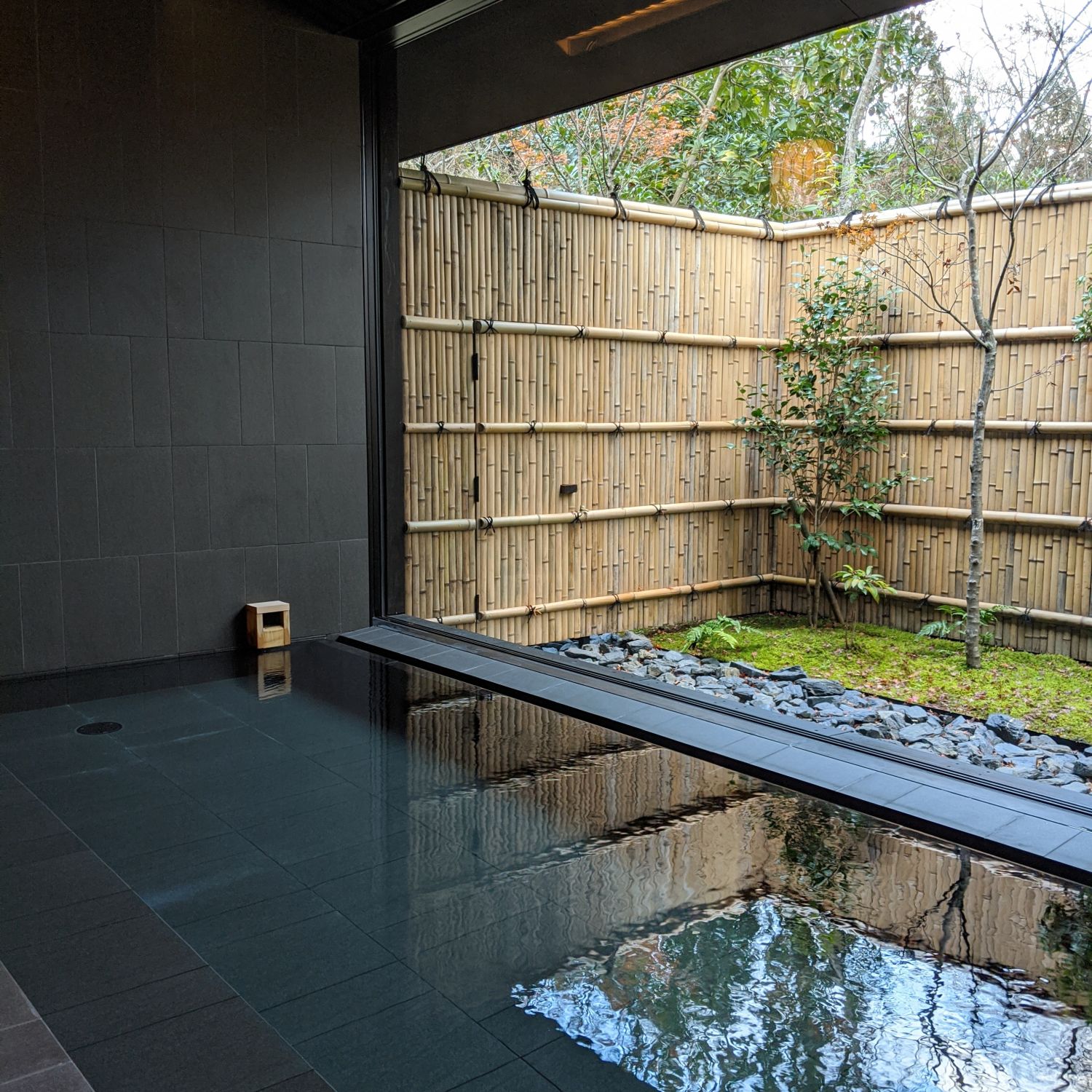
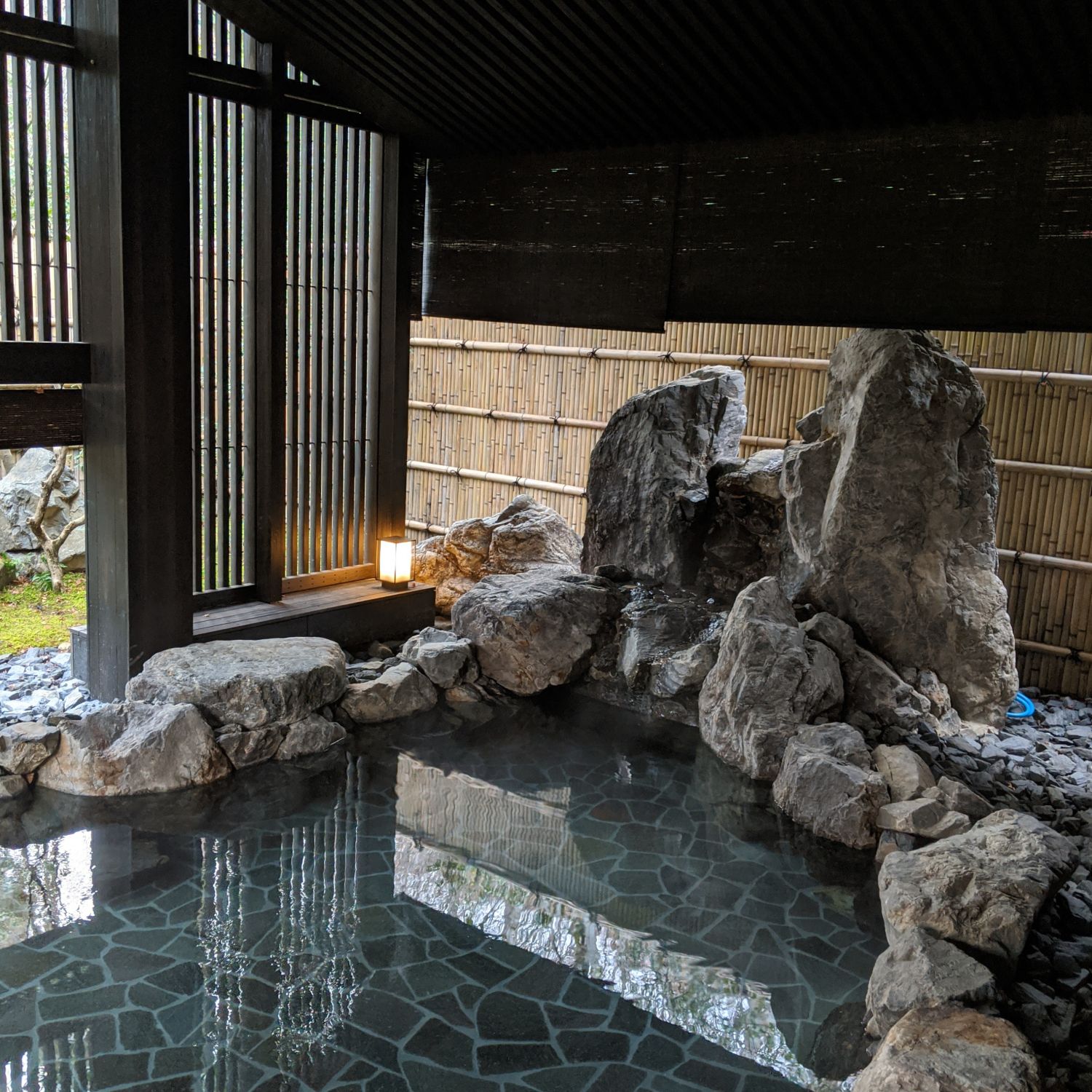
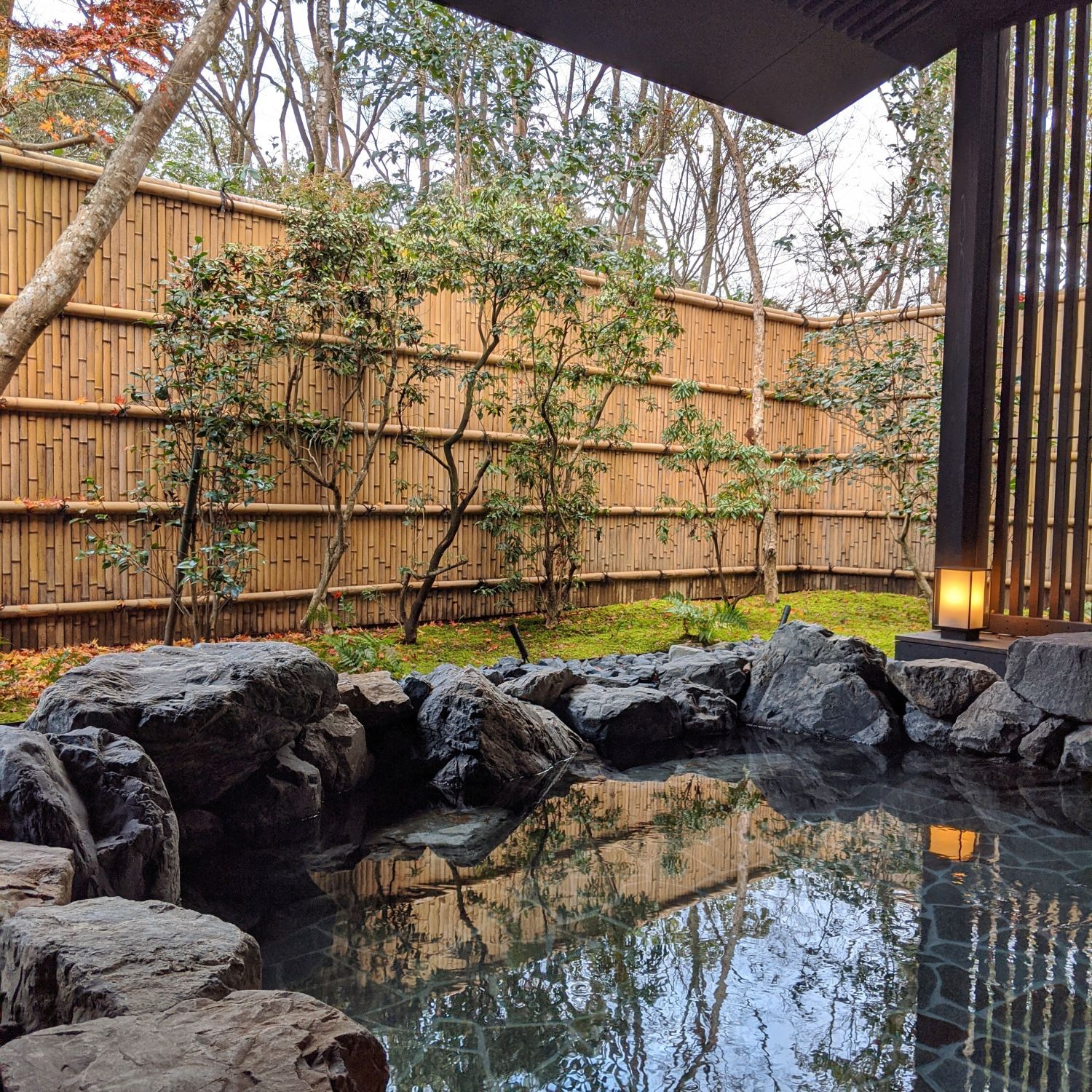
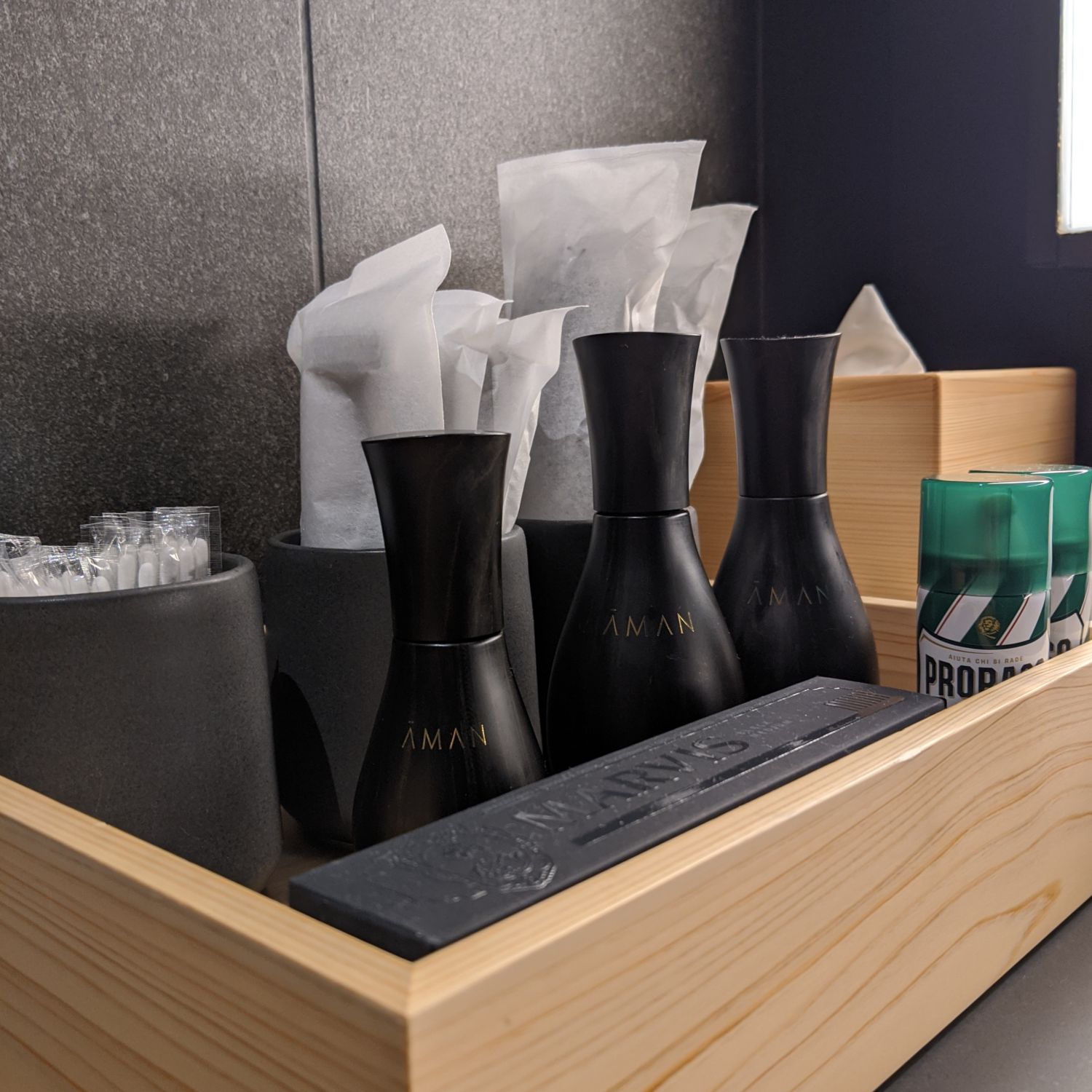
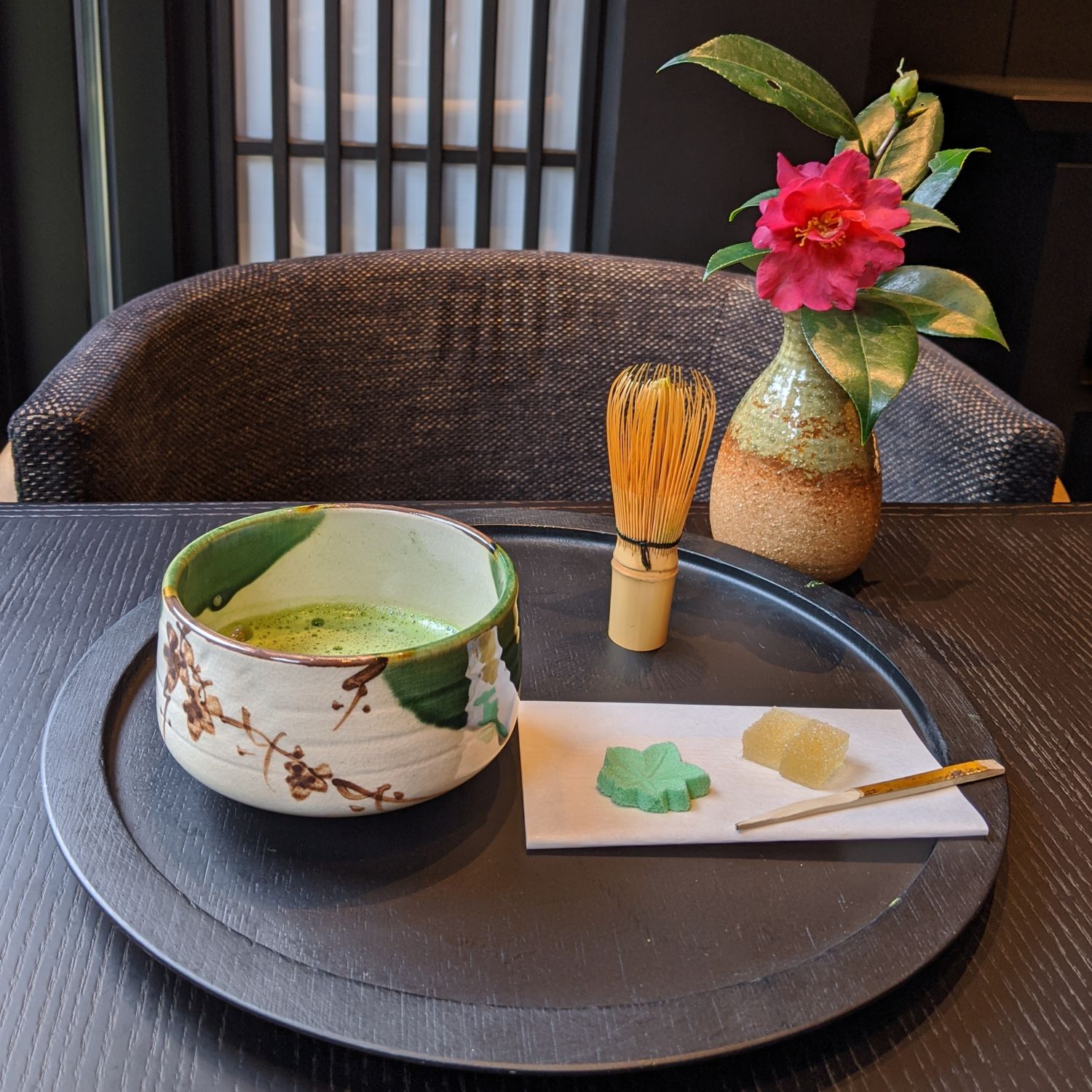
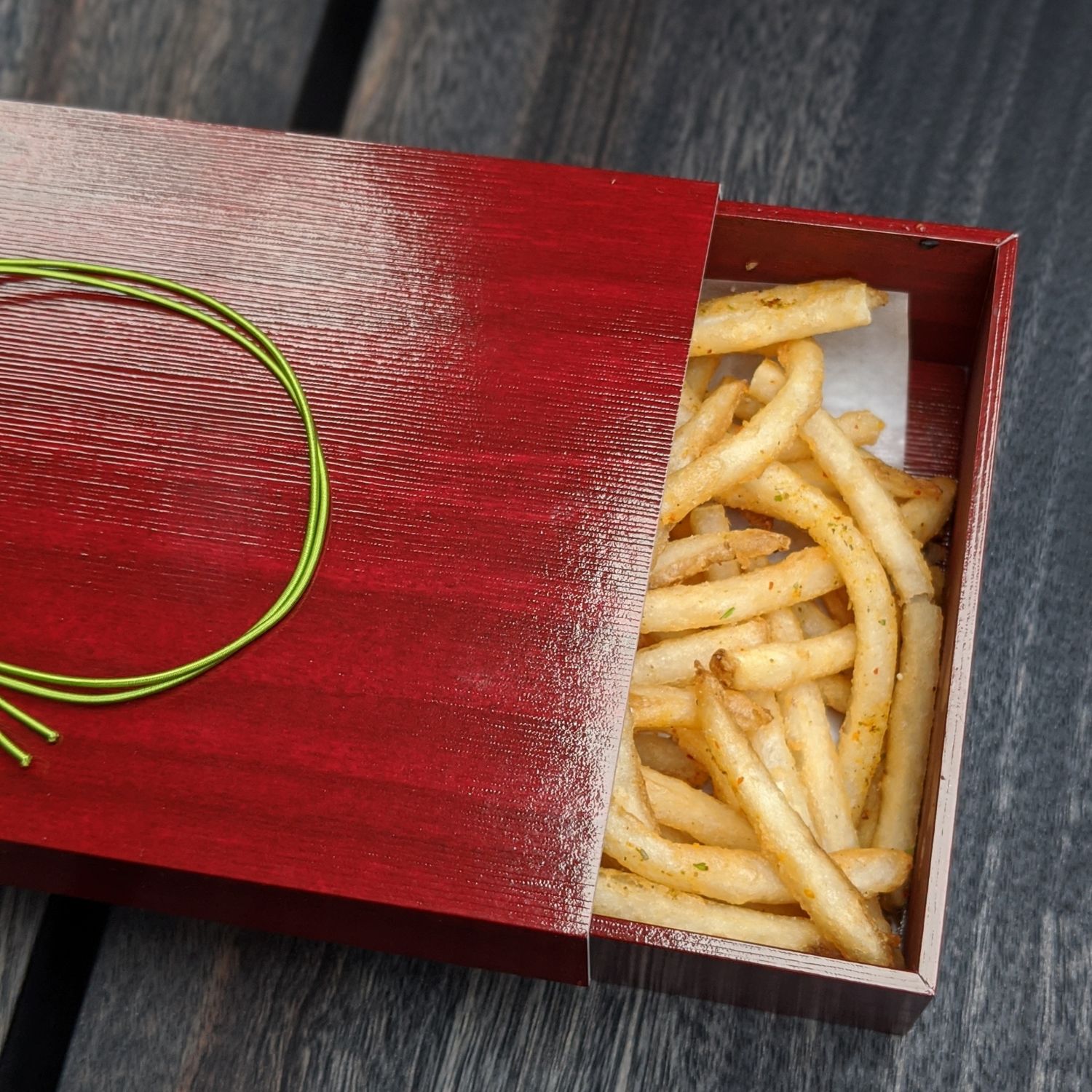
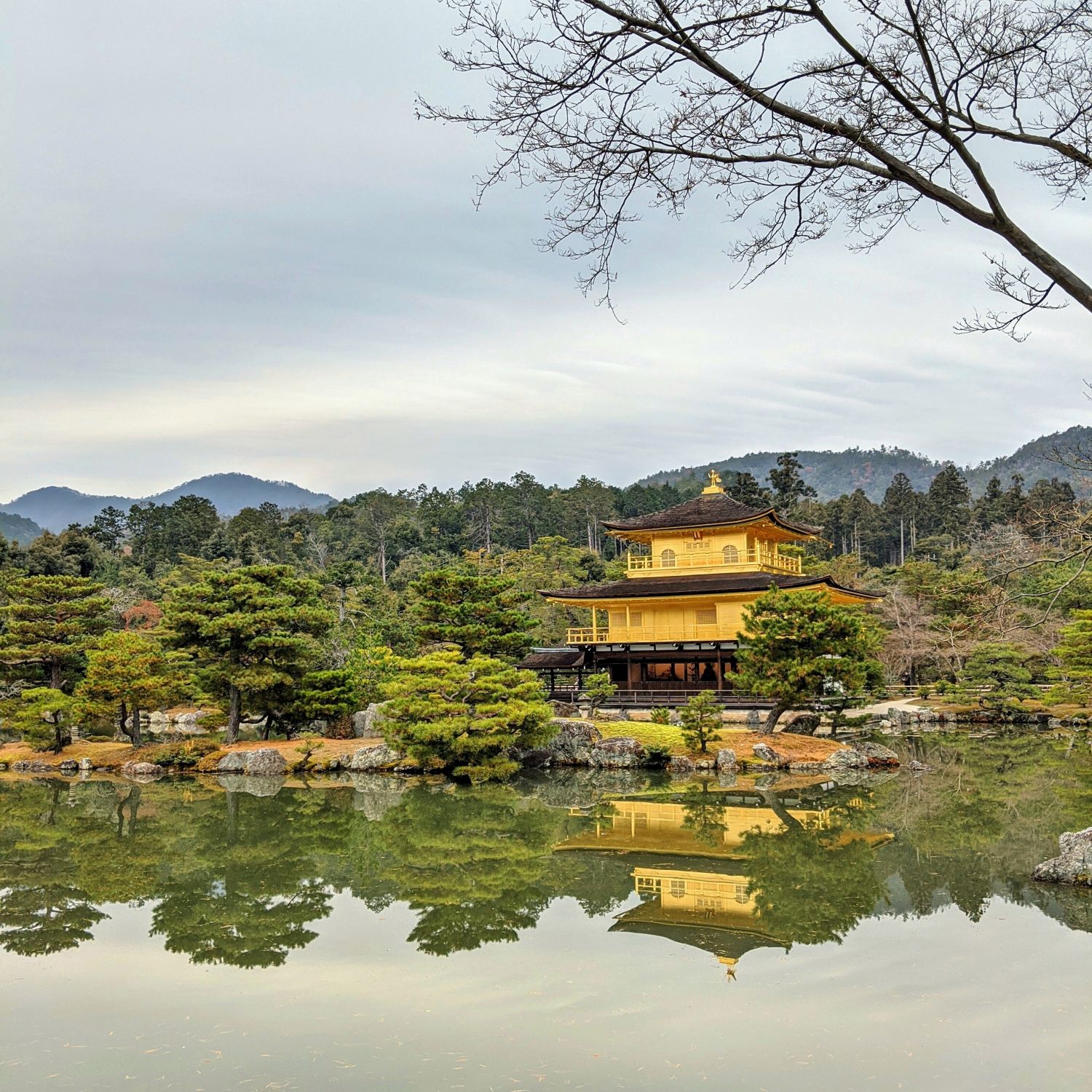
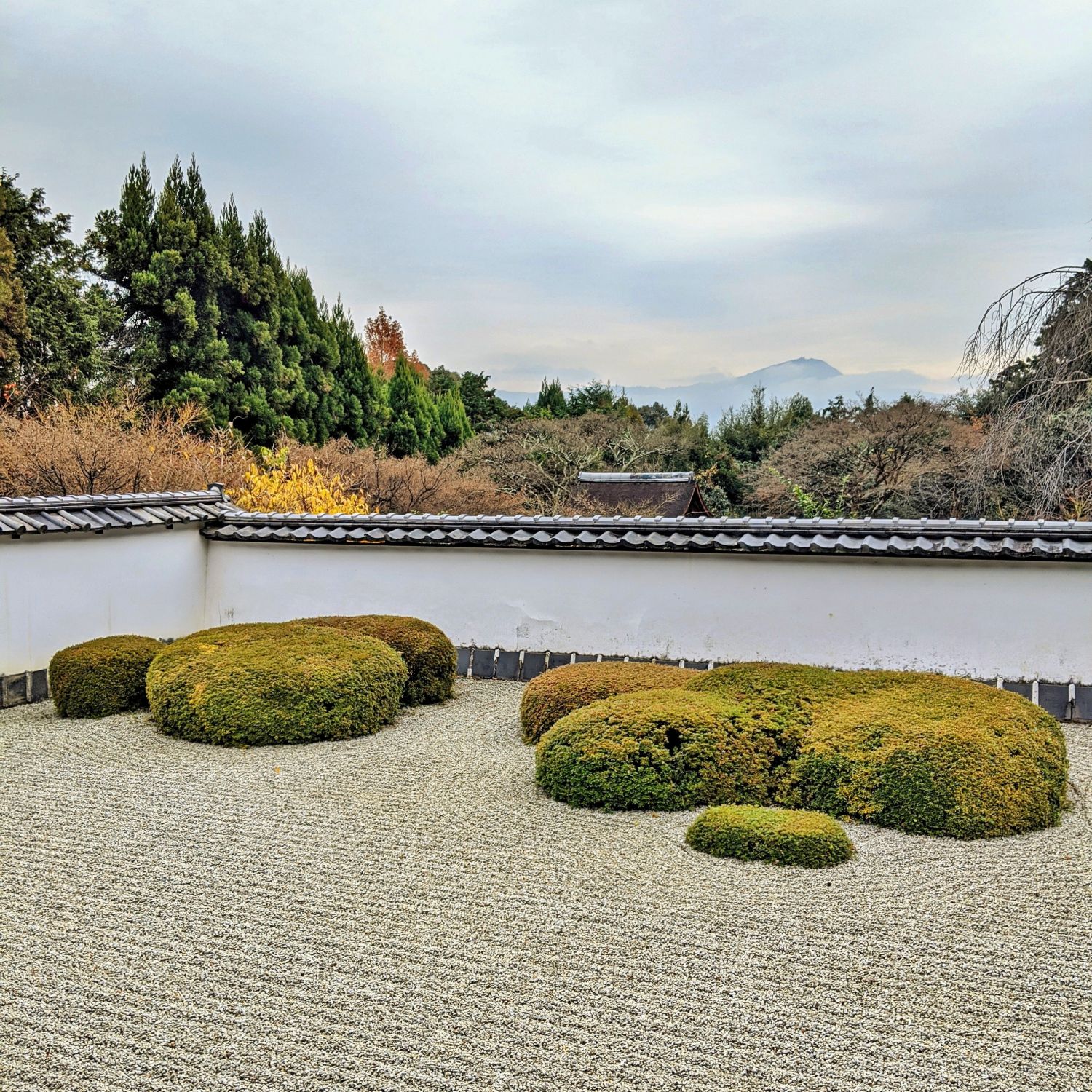
CONCLUDING THOUGHTS
My Aman Kyoto experience was a difficult one to evaluate. It had its strengths and a fair share of surprises, albeit at parts being rather frustrating. My only other Aman experience thus far has been Aman Tokyo, and that property was undeniably more forward and forthwith in showcasing its charms and justifying its price point. The resort is sufficiently blessed in terms of its natural physical endowments, and given a few tweaks to the guest experience – in particular the provision of more on-site activities all year round – I can see the resort hitting that signature Aman ultra-luxury sweet spot which has gotten so many self-proclaimed Aman Junkies hopelessly hooked.
Aman Kyoto
1 Okitayama Washimine-Cho
Kita-ku, Kyoto, 603-0000
Japan


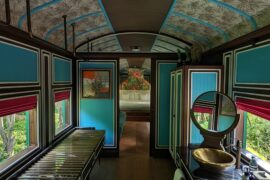
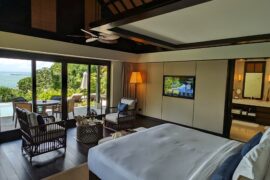
Comments are closed.